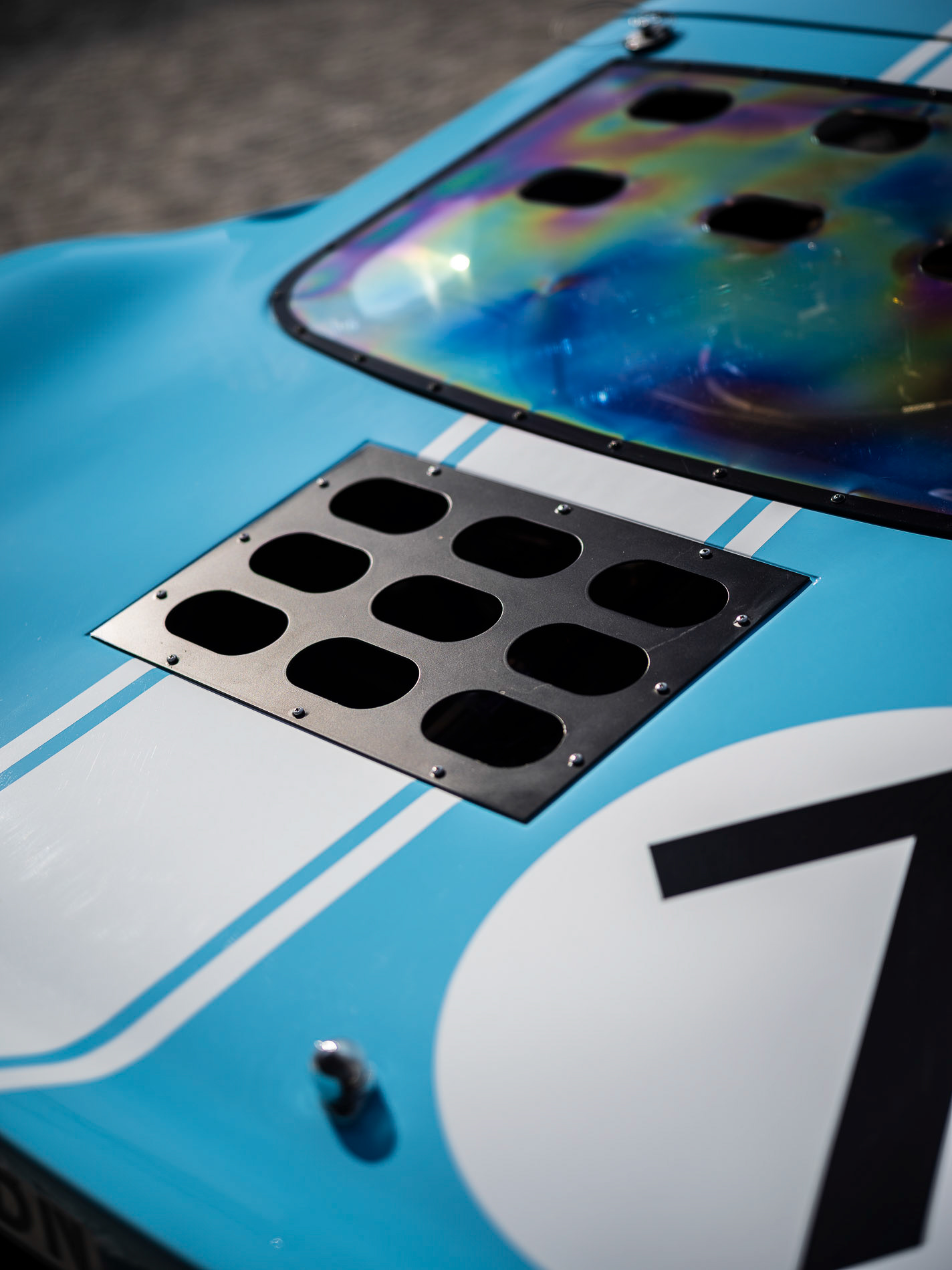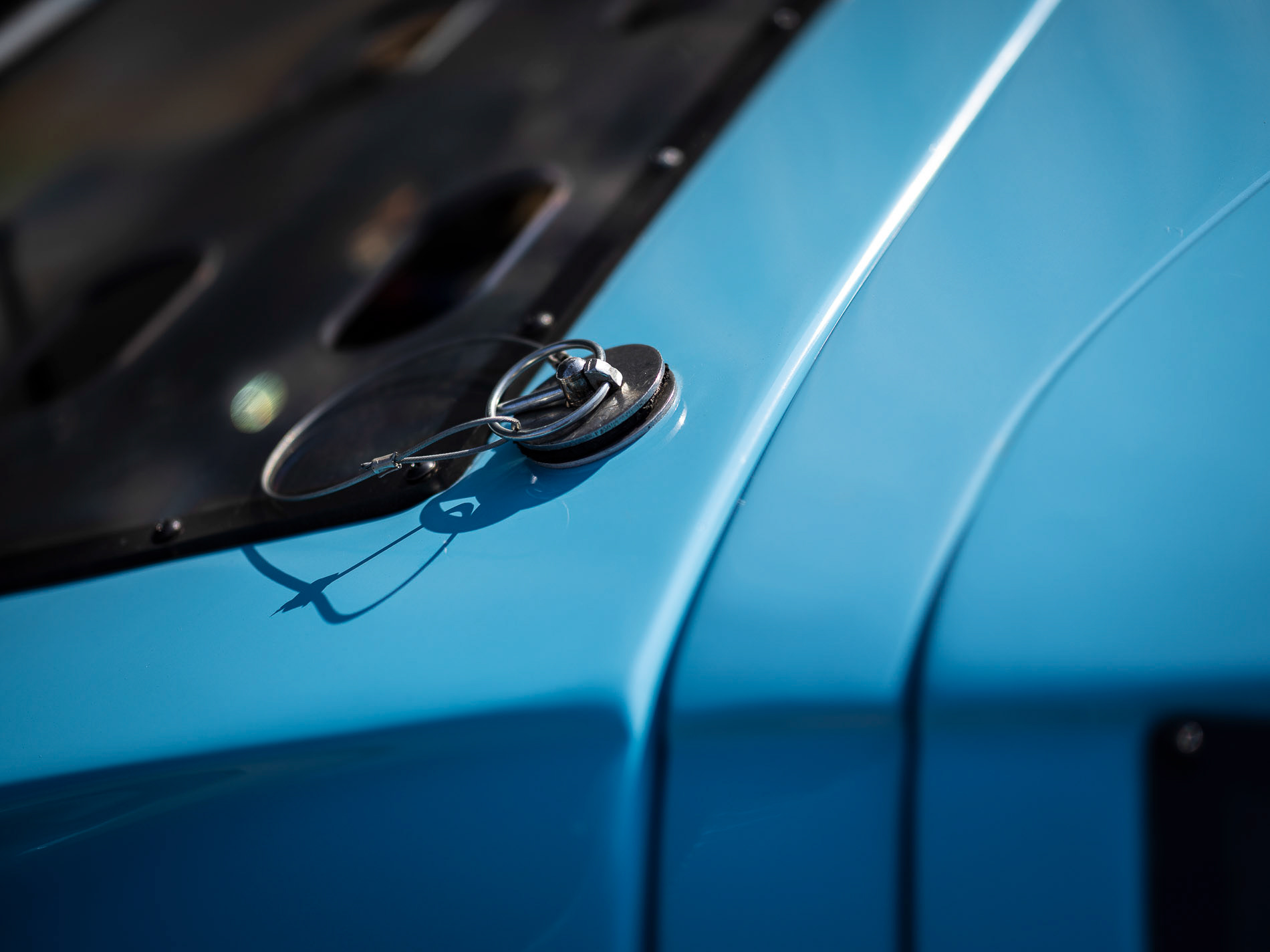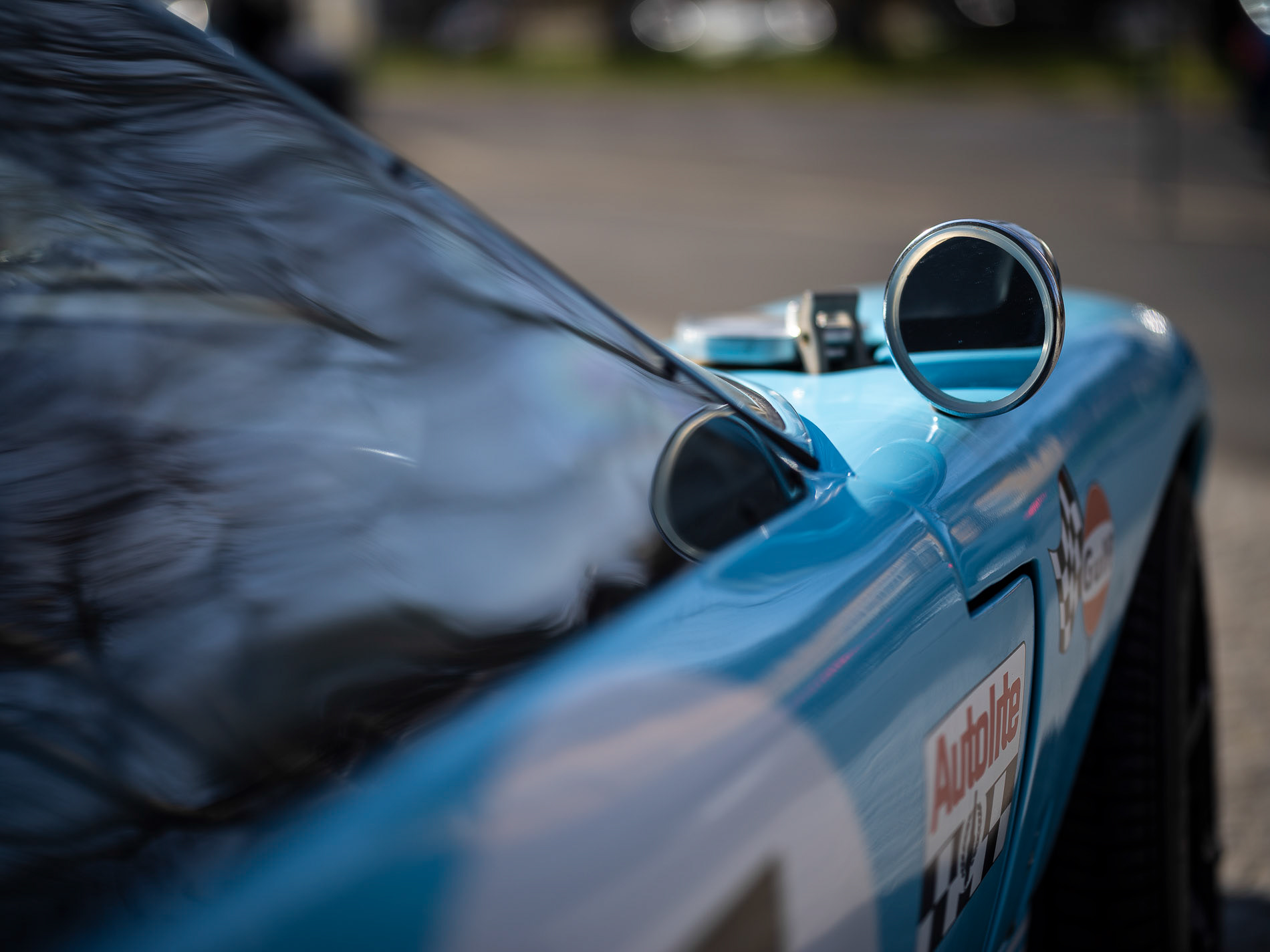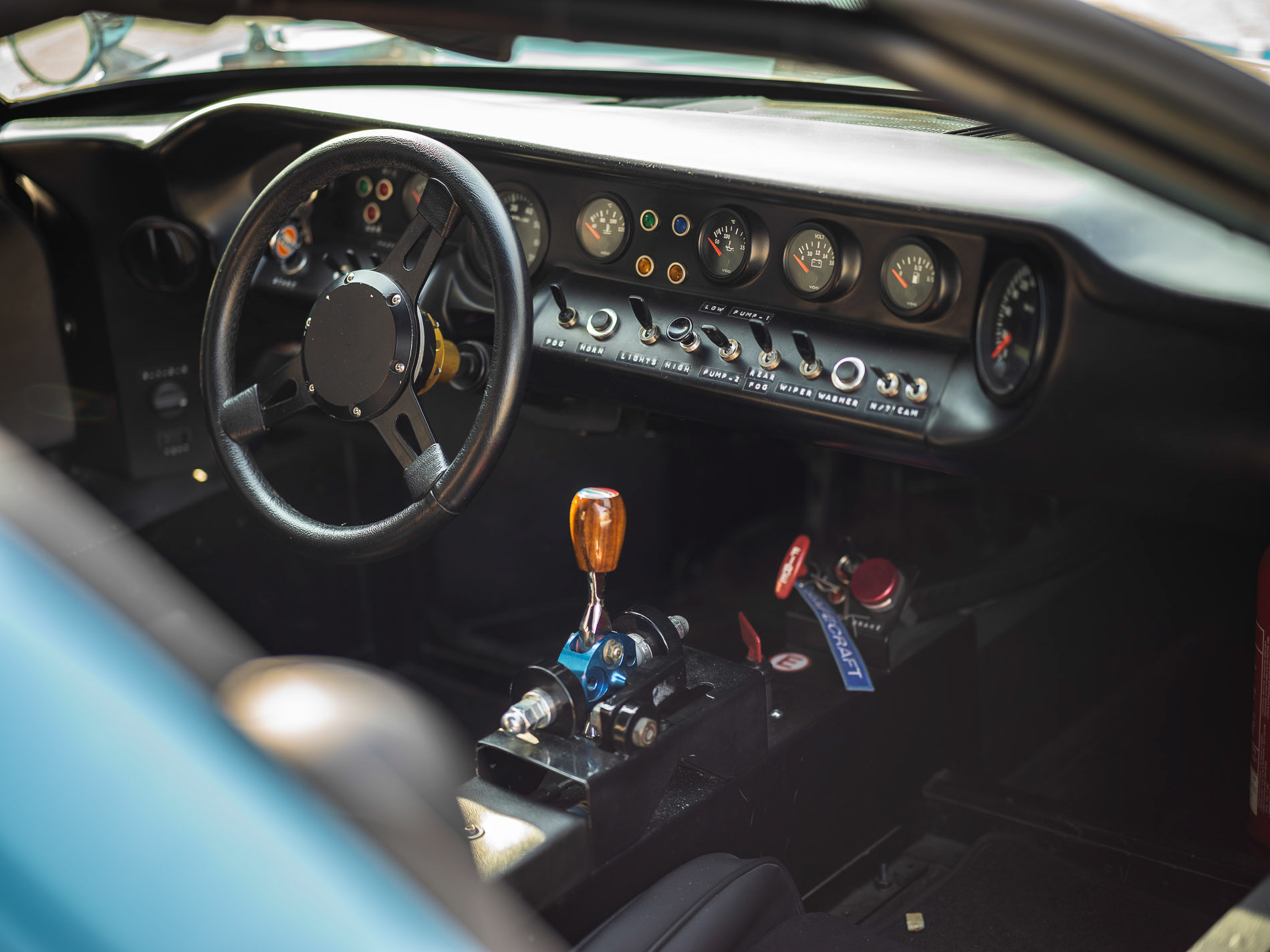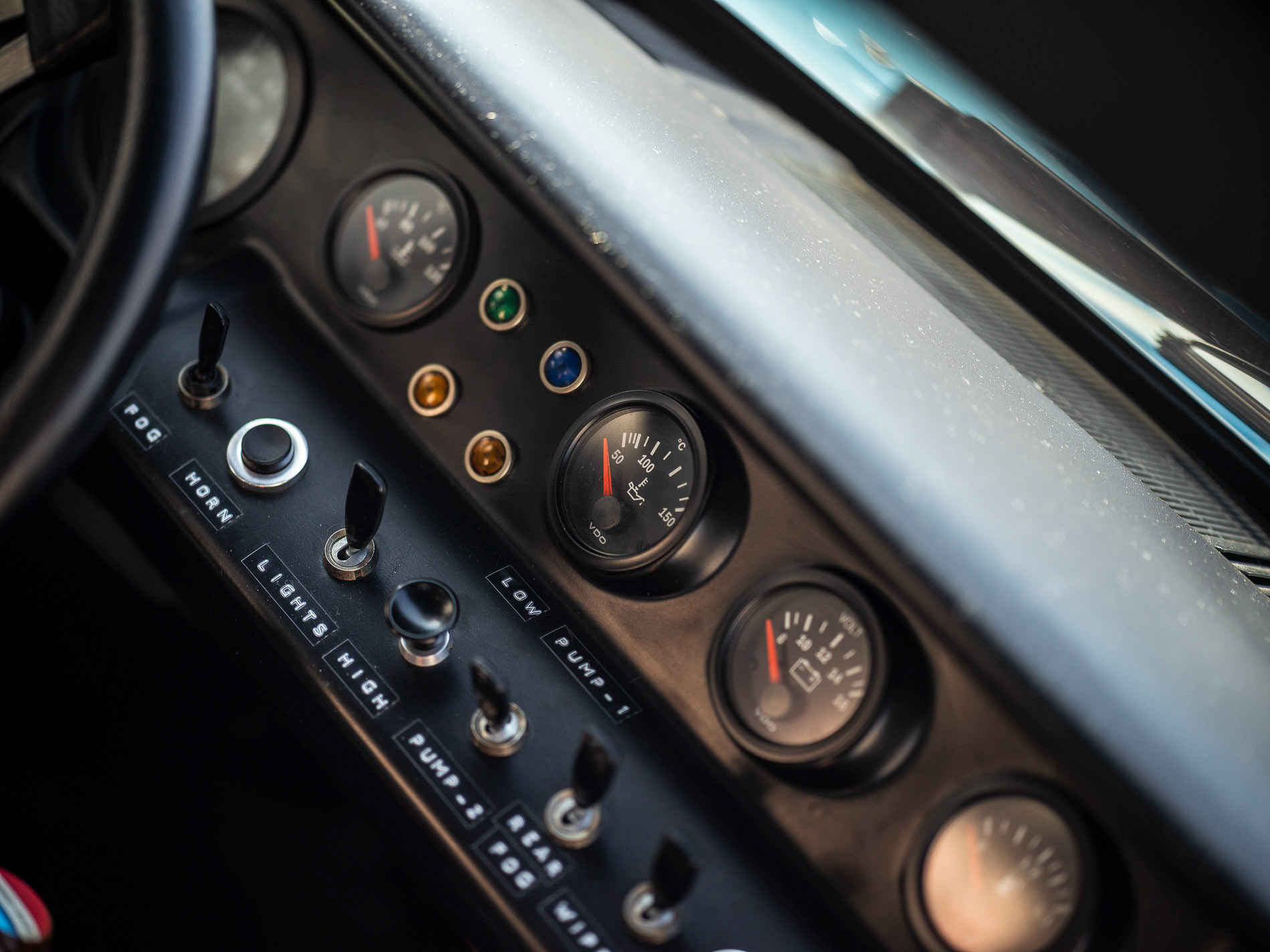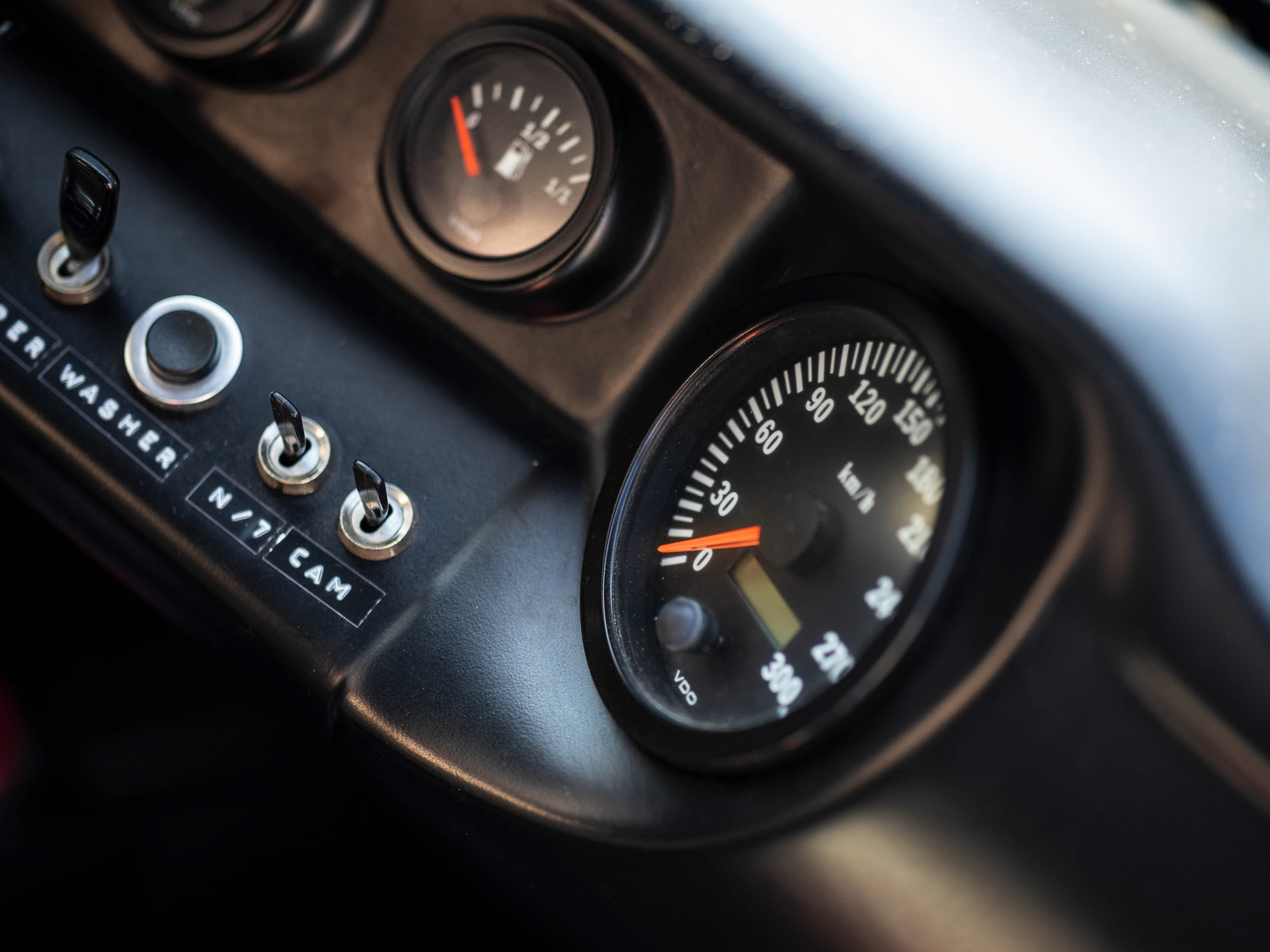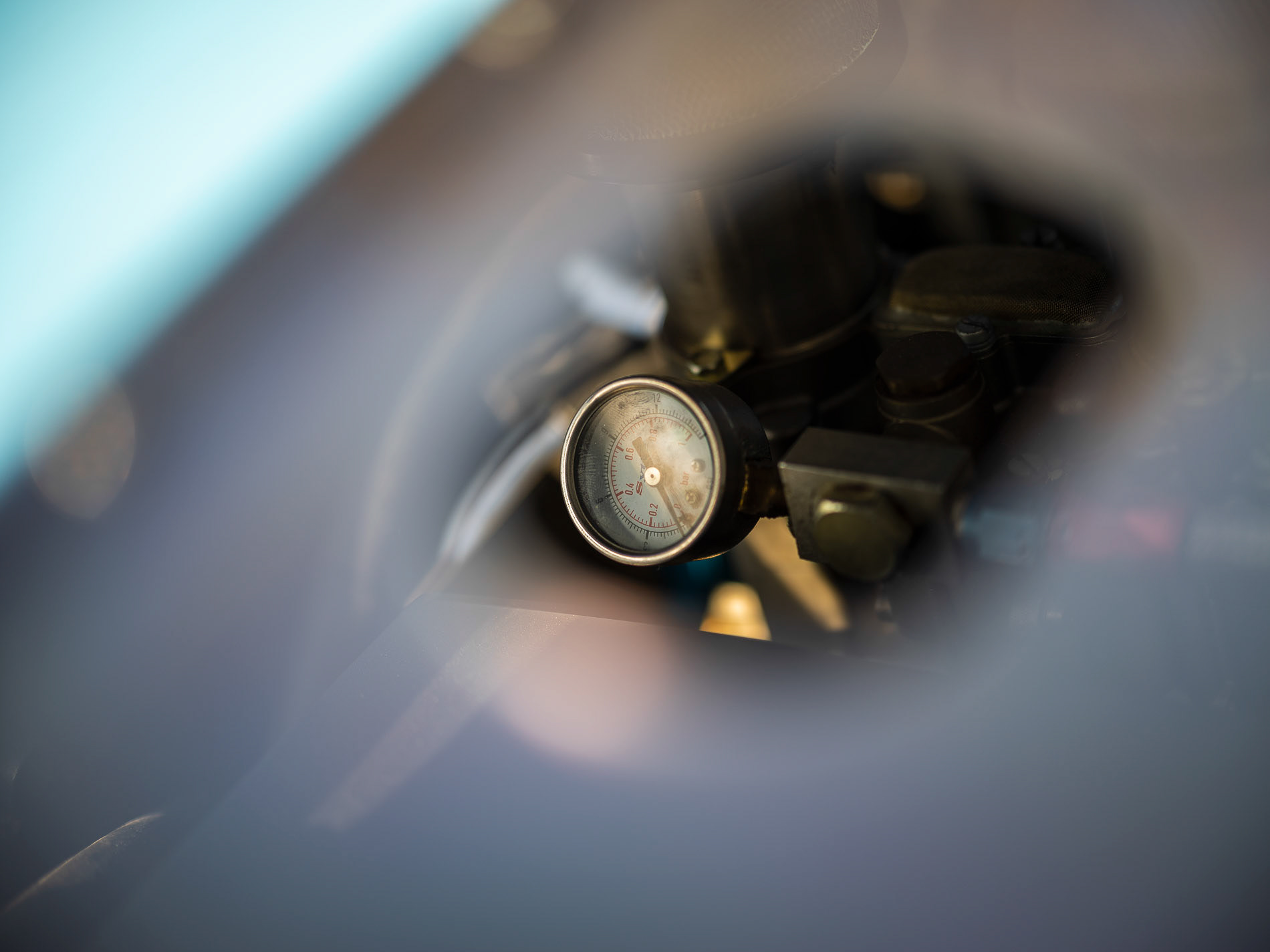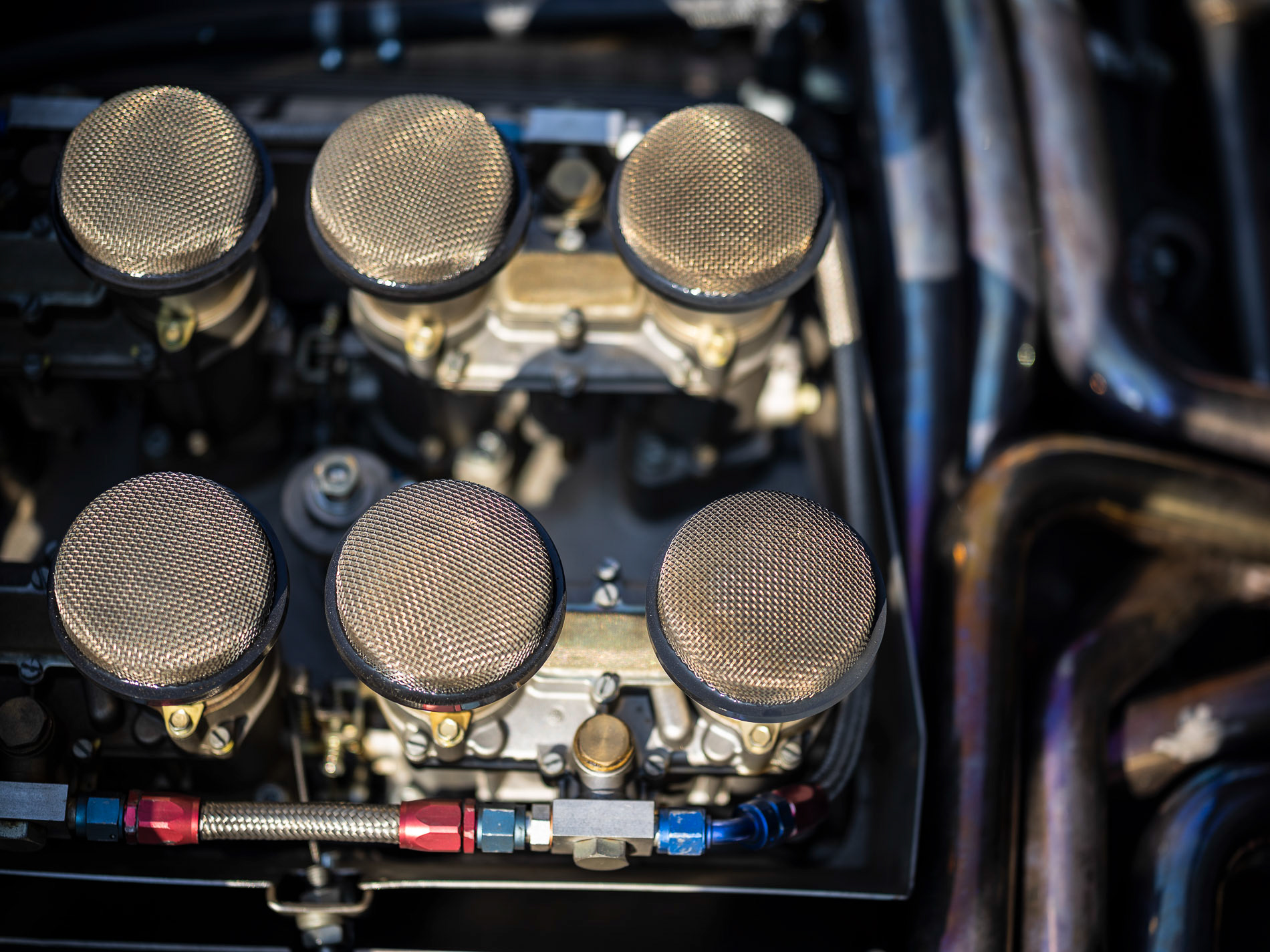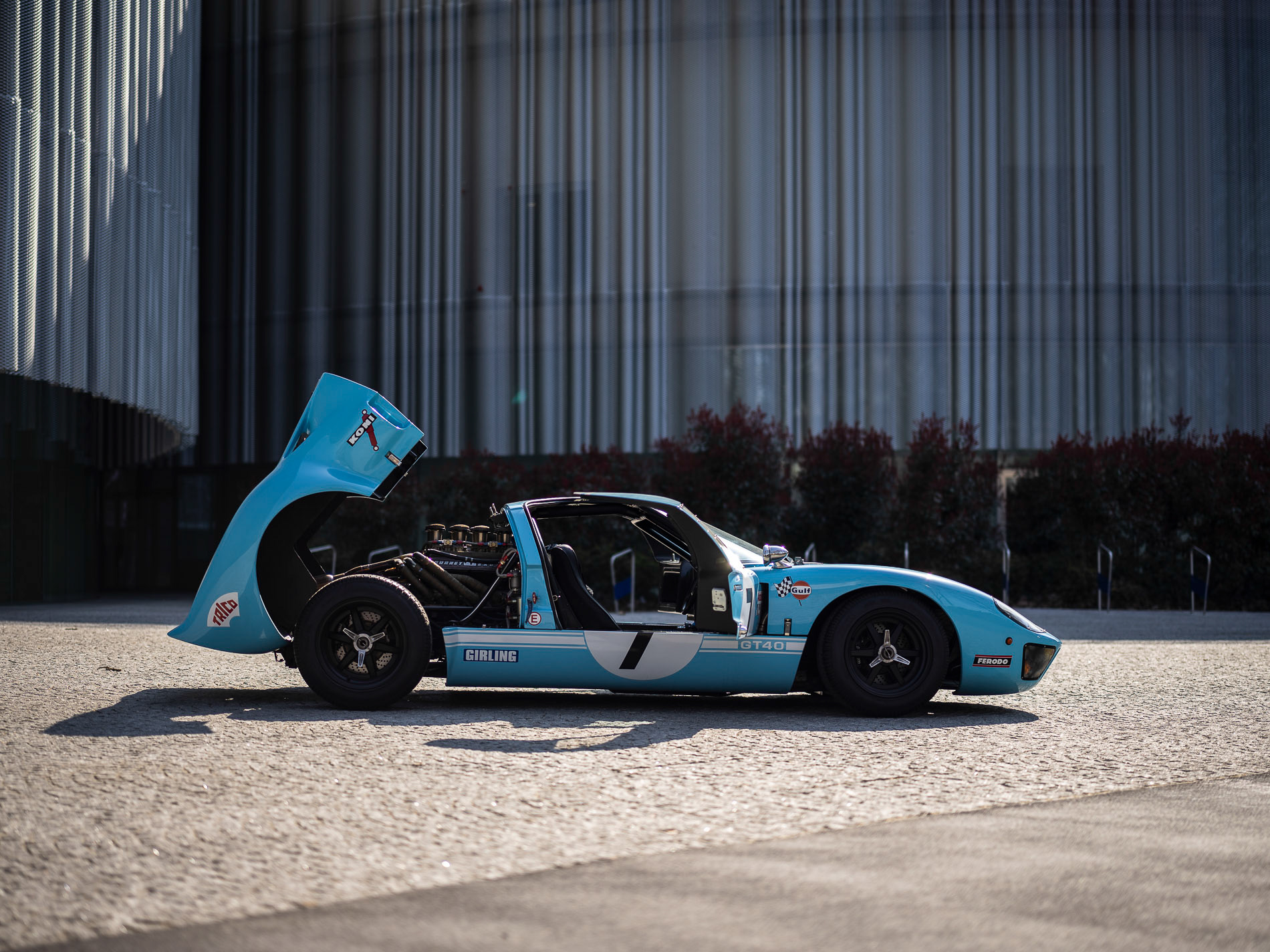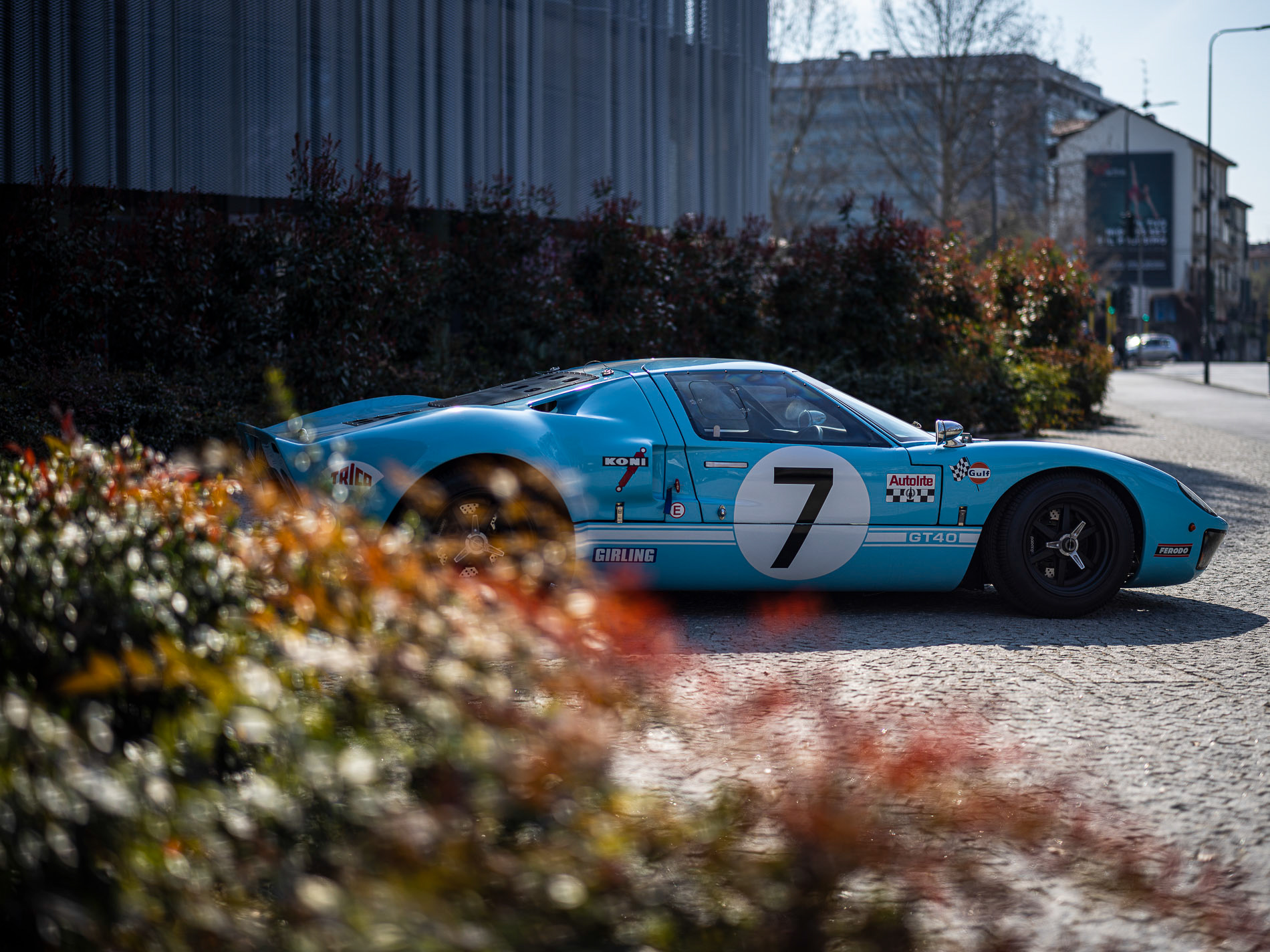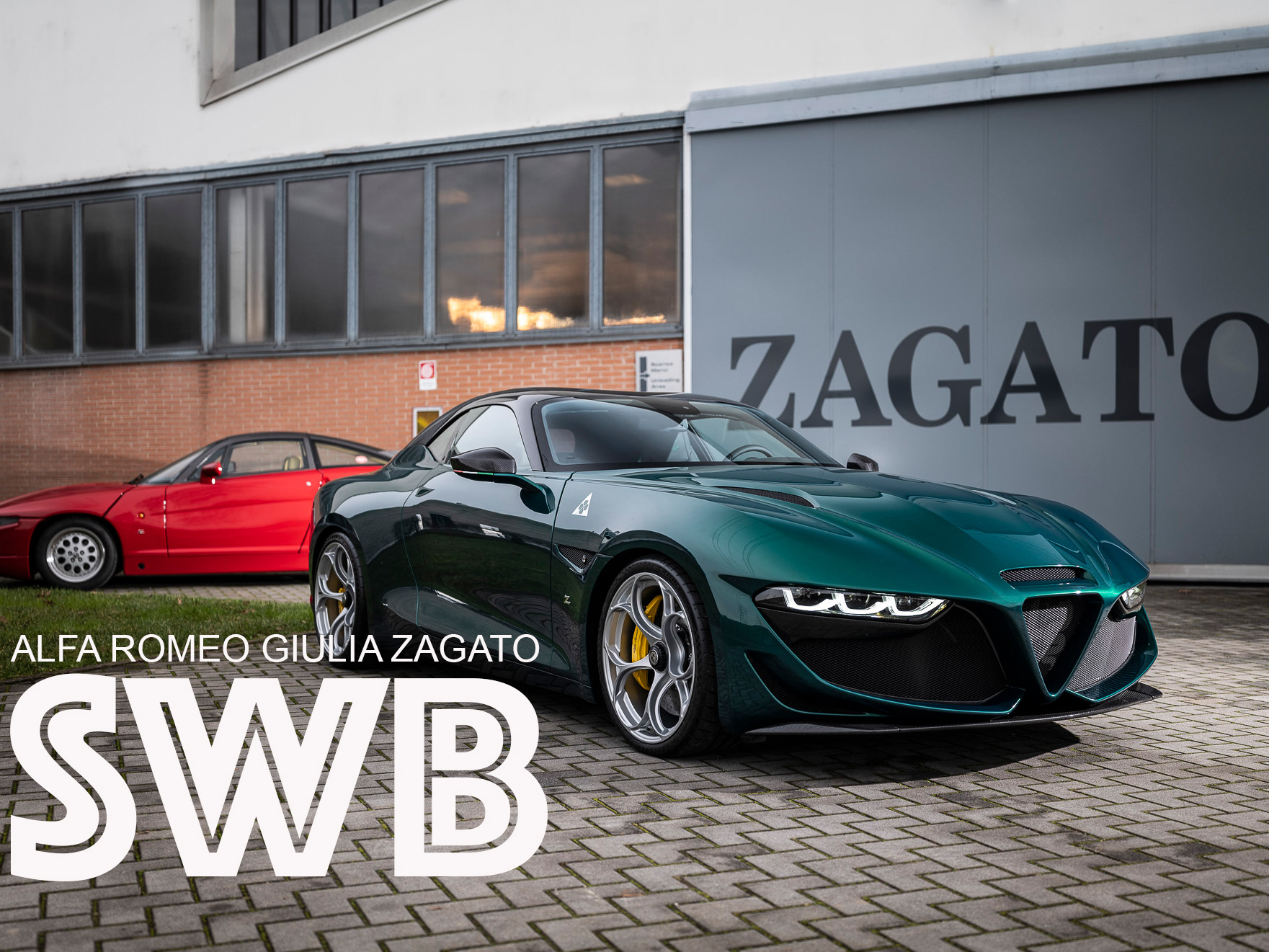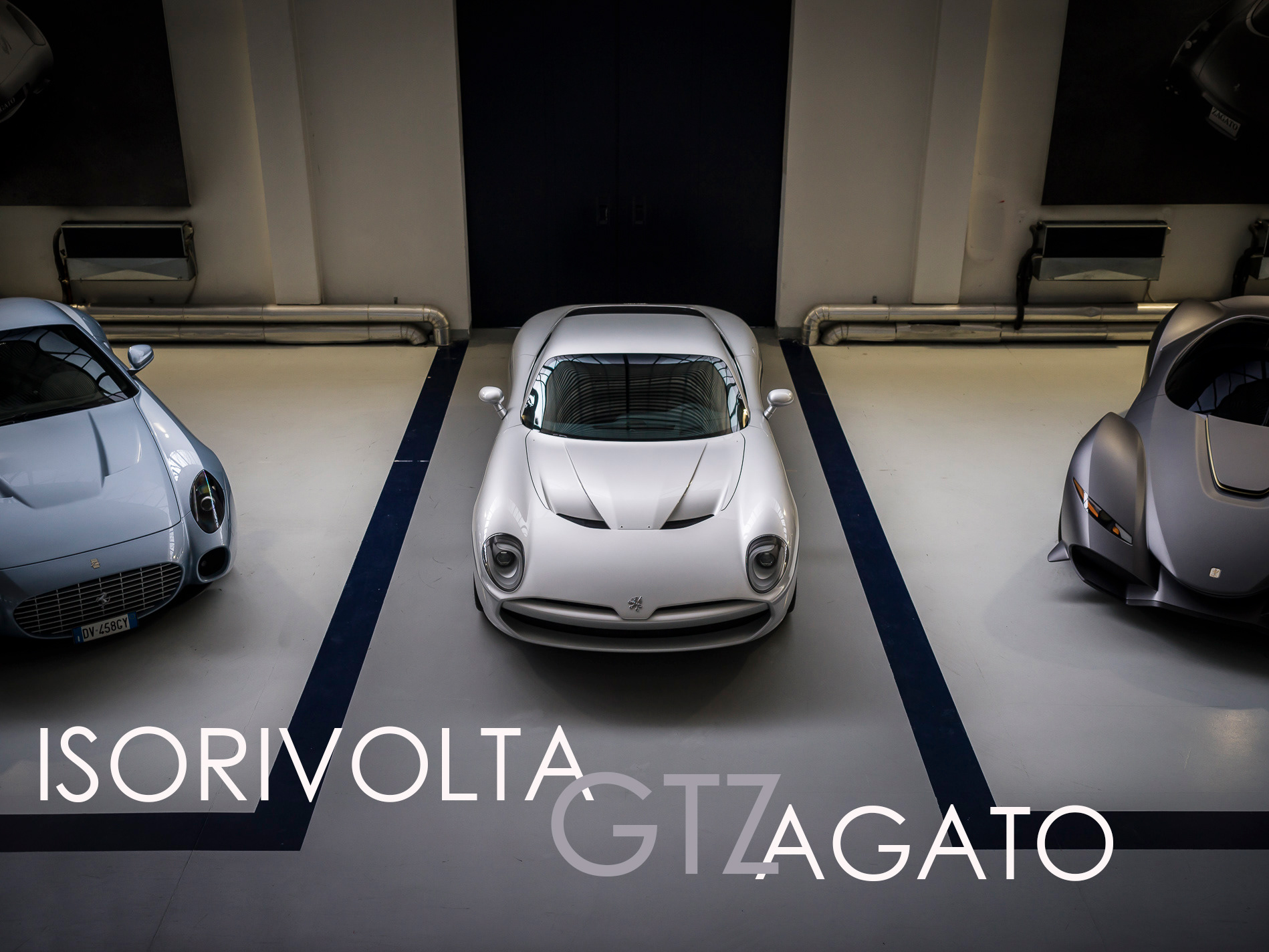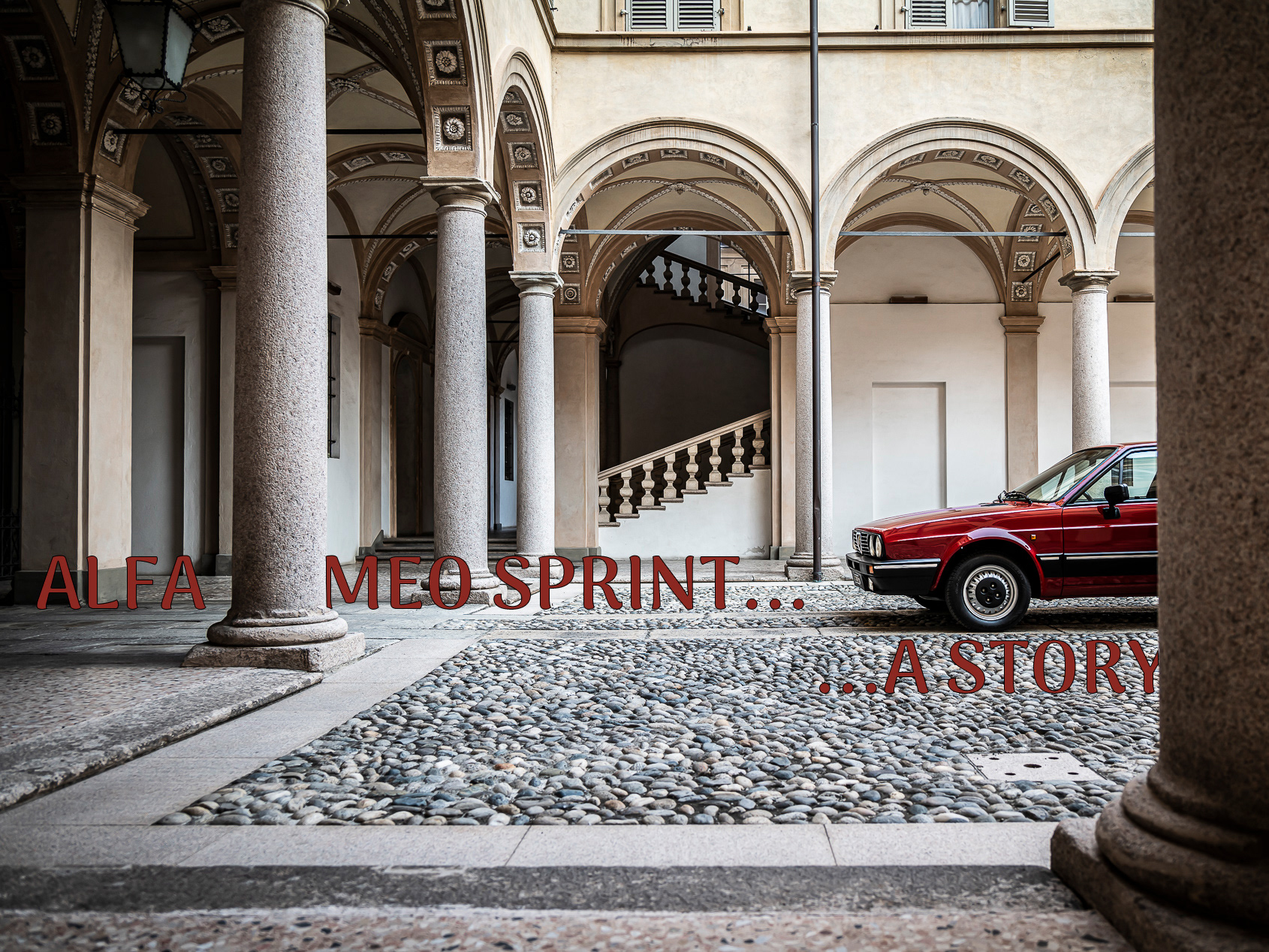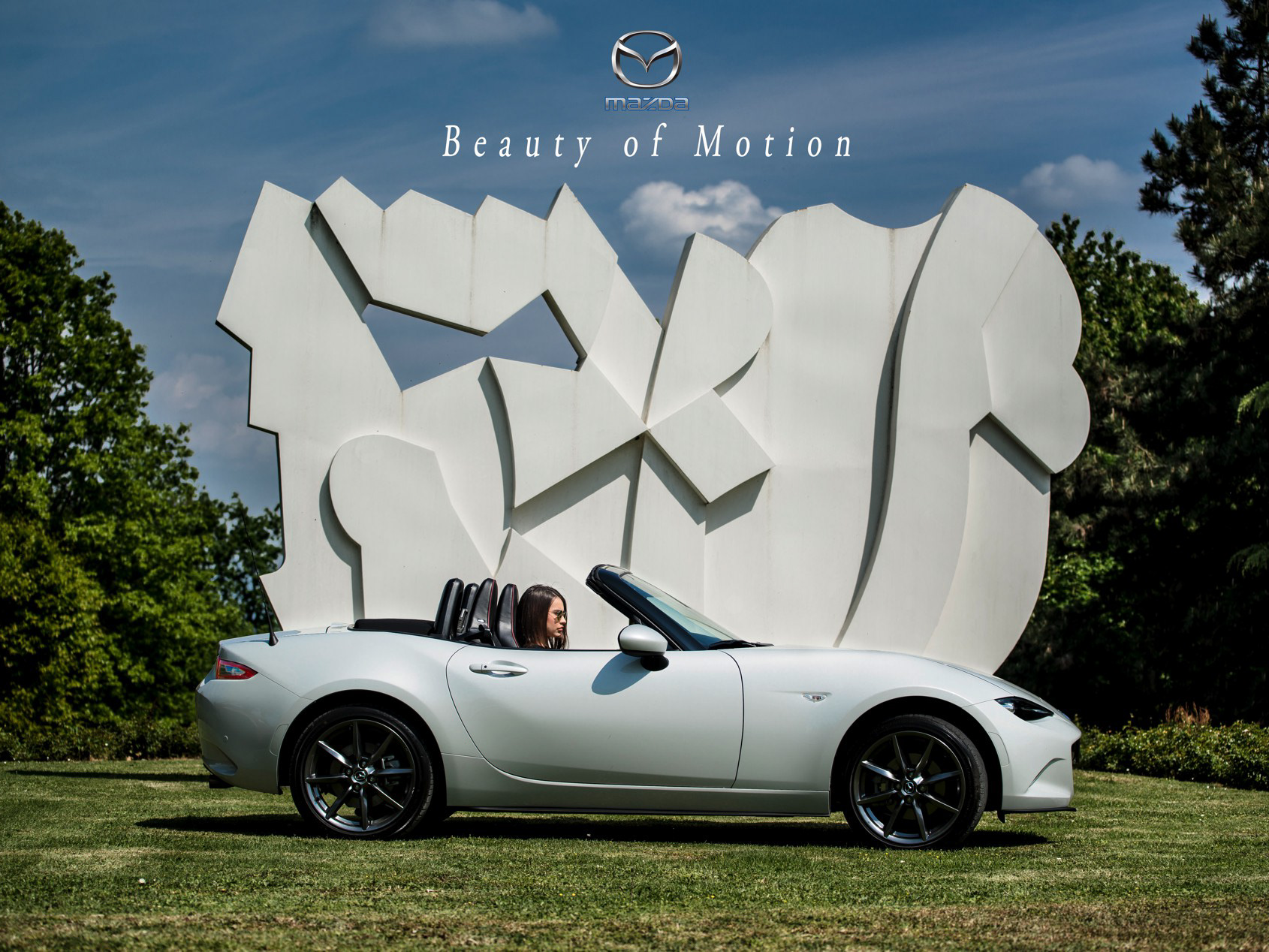When I met Nicola, owner of the 68/69 Gt 40 Mk1 replica of this article, I realized how much passion and how much study and work there are behind such a project. It seems easy to make a replica, but faithfully reproduce a car from the 60s, racing moreover, with technical drawings and mechanical components that are difficult to find they represent a difficult undertaking, bordering on the impossible. But Nicola has always believed in it and with the help of a few people, some known work in progress, he succeeded in his intent. Even if, as he himself will tell us, the work is not finished ... there is always some small detail to improve, change, replace in favor of another more faithful to the original.
But the most surprising thing about a replica of a racing car from the 60s, a car that has won nothing less than the 24 Hours of Le Mans several times, in addition to other championships, are the performances, the dynamics have also been faithfully reproduced, also the feeling you get when driving such a car.
Very light, 950 kg, very powerful for the time, 370 hp, very low and very wide .... A monster !!! We did a little test ride along the city streets but it was enough to make me understand what was the perception of the drivers of the time in driving such cars: unconscious heroes!
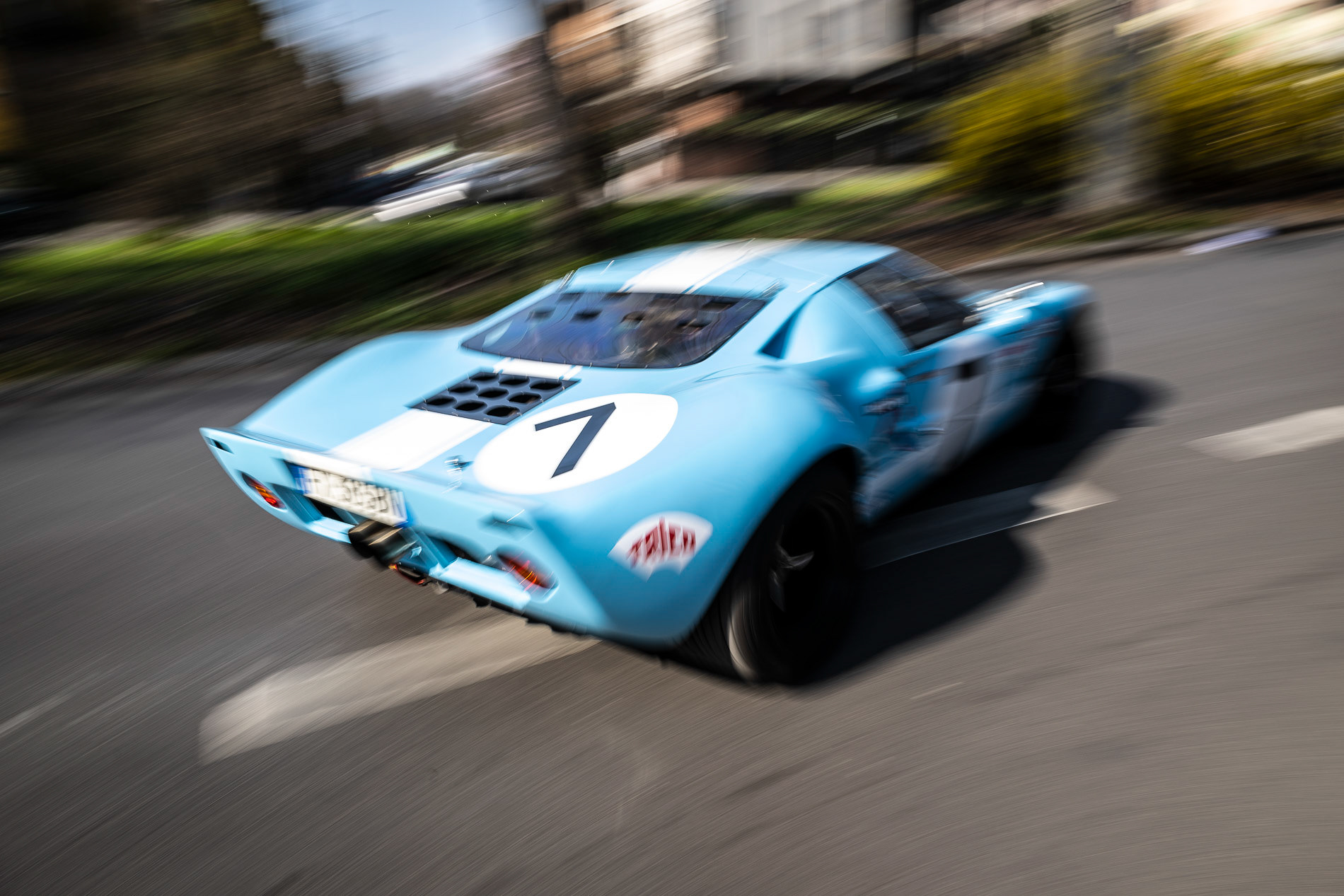
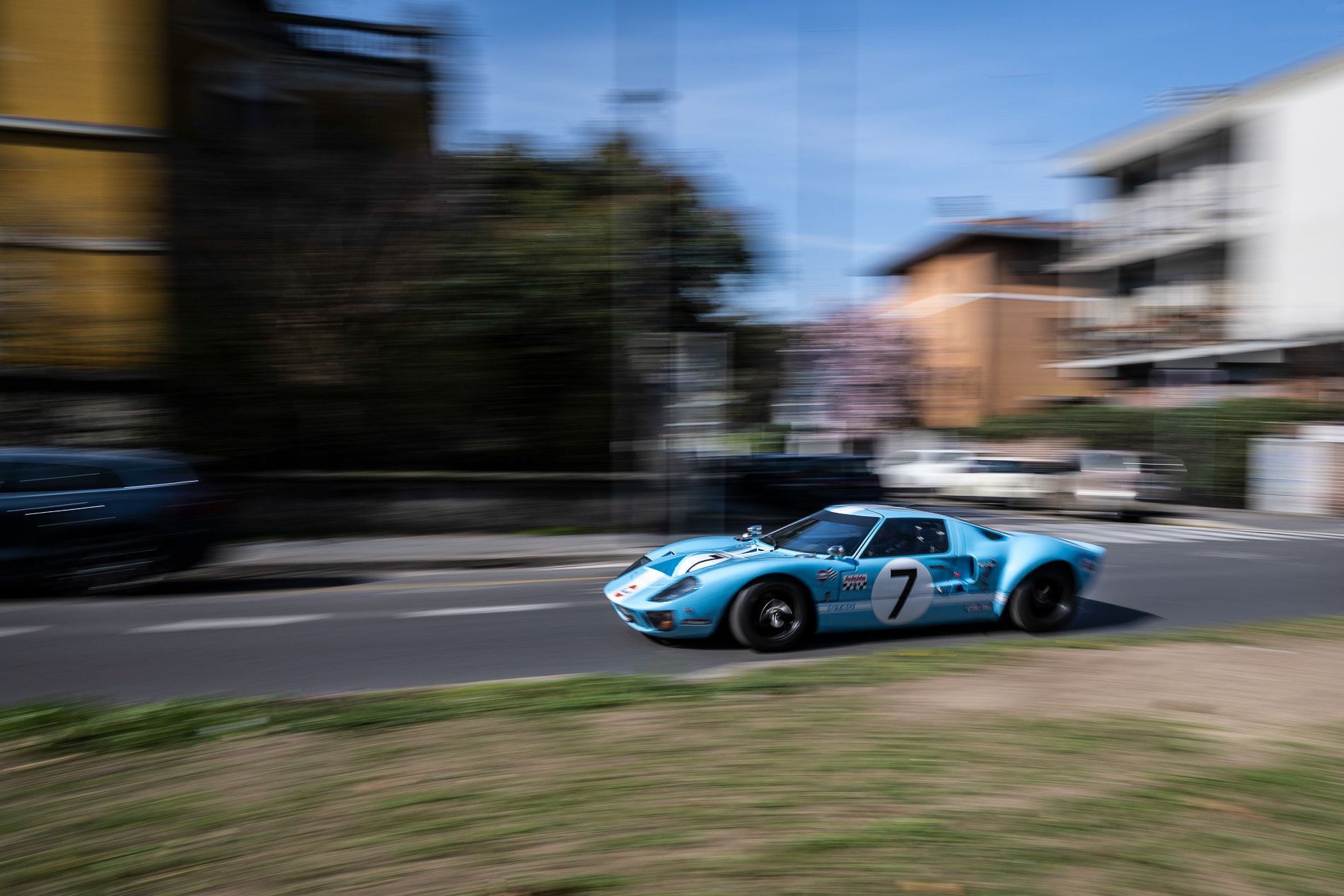
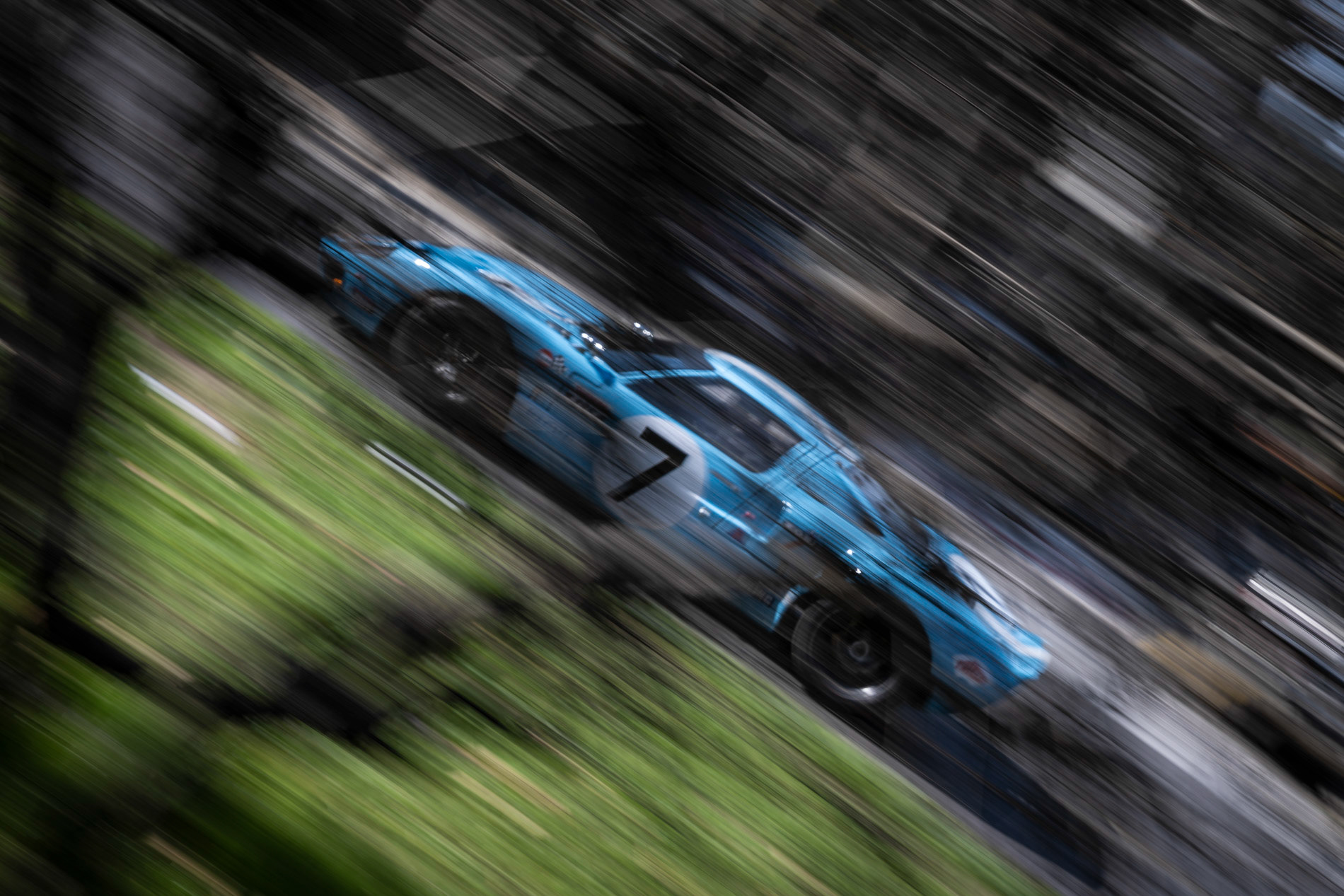
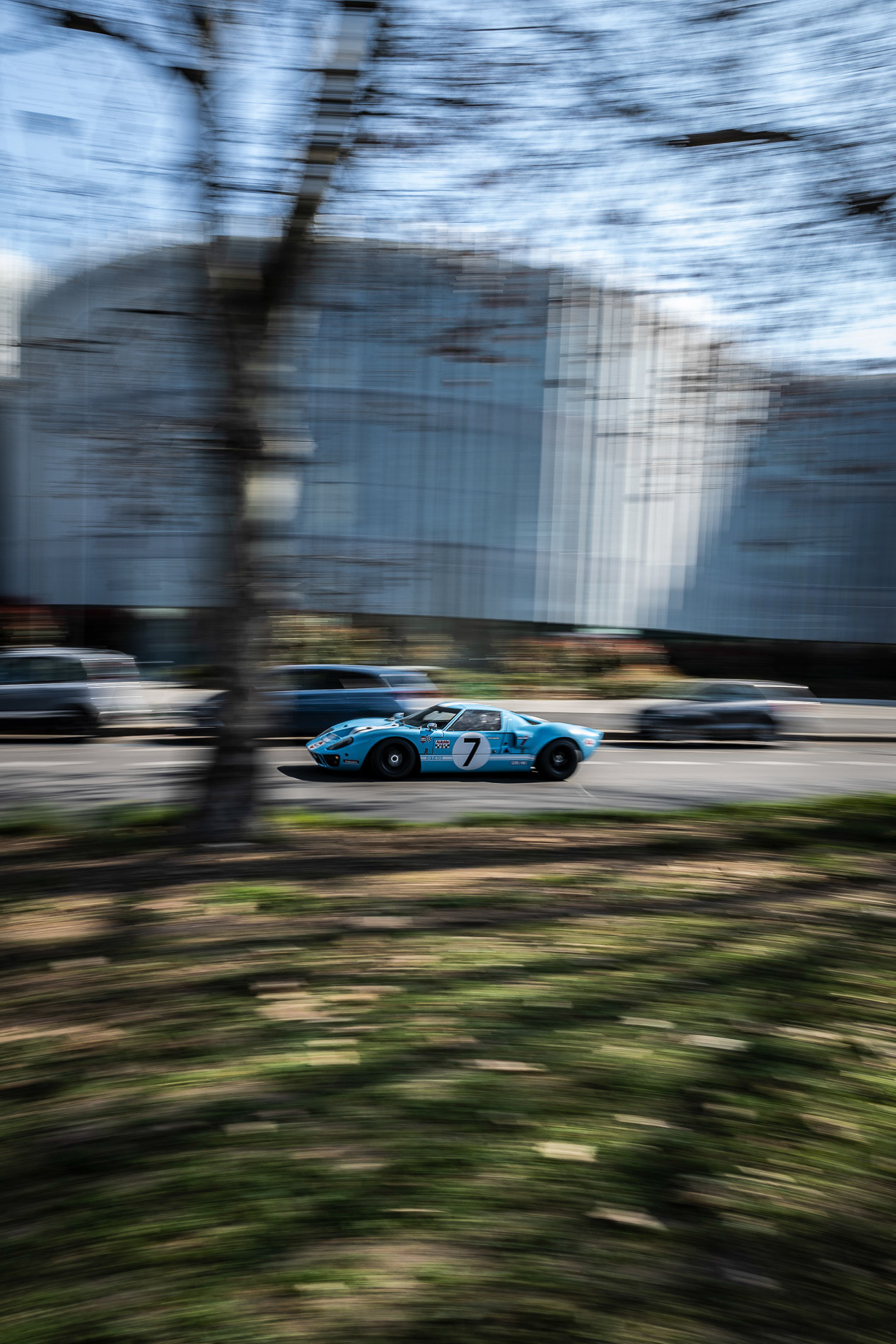

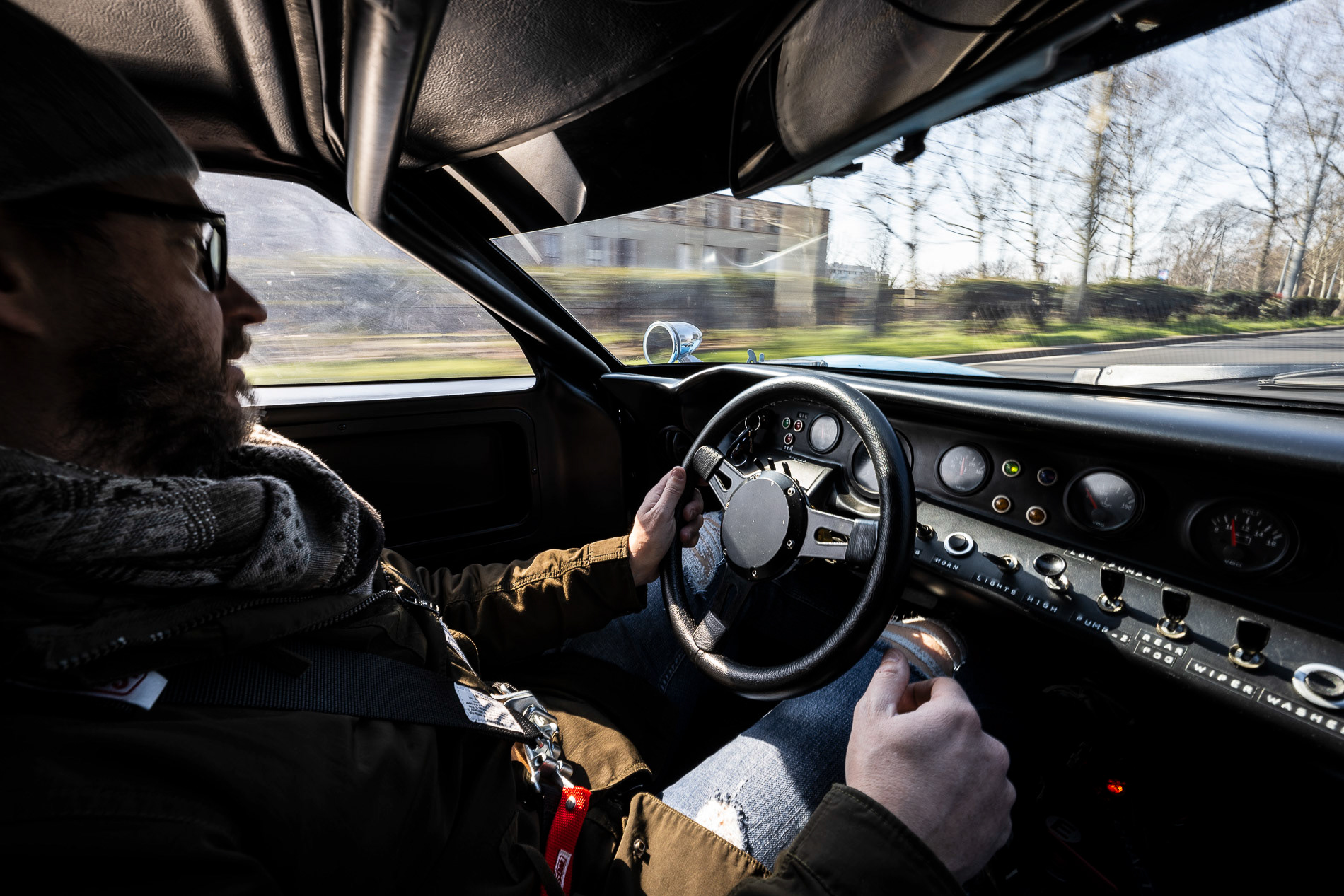
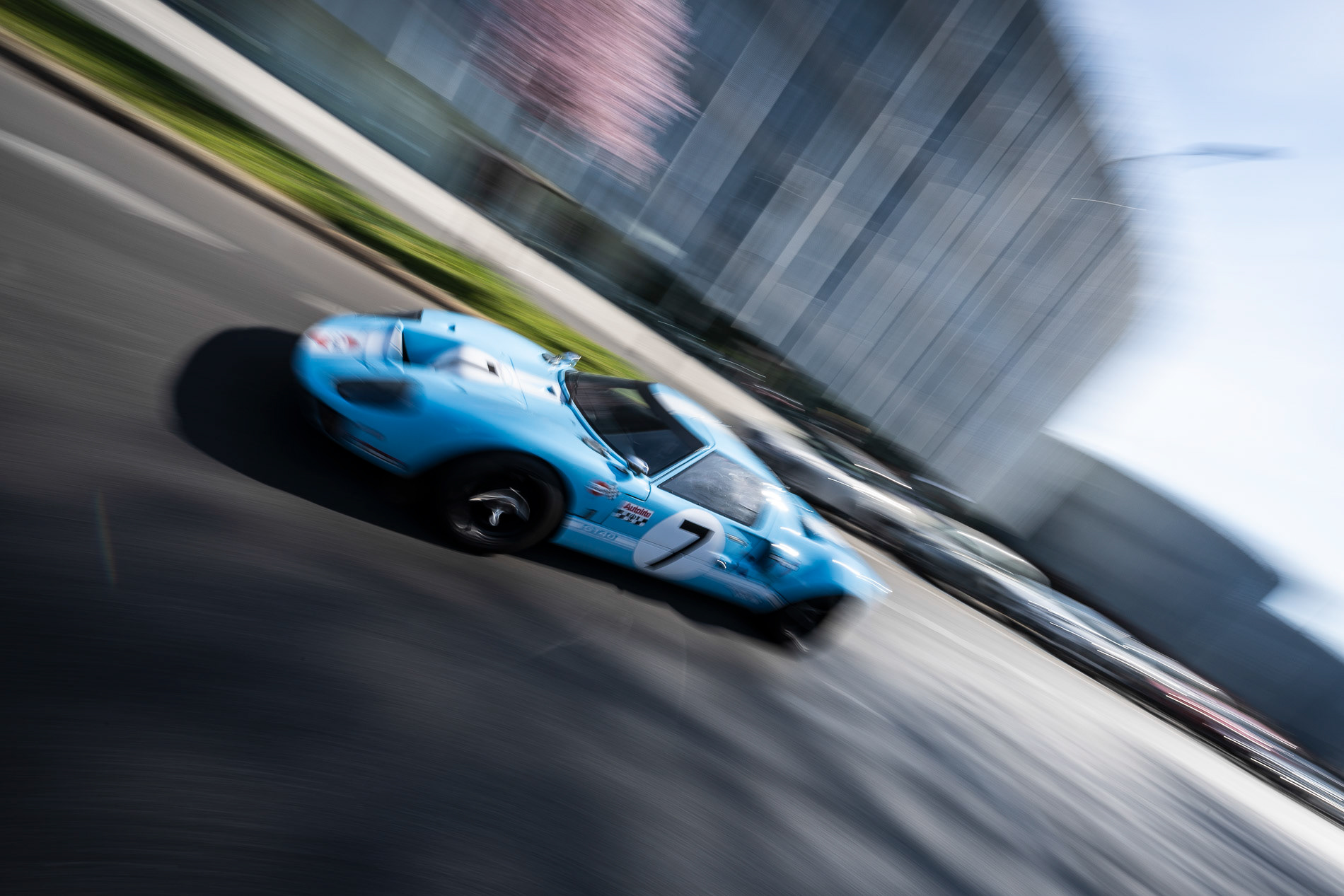
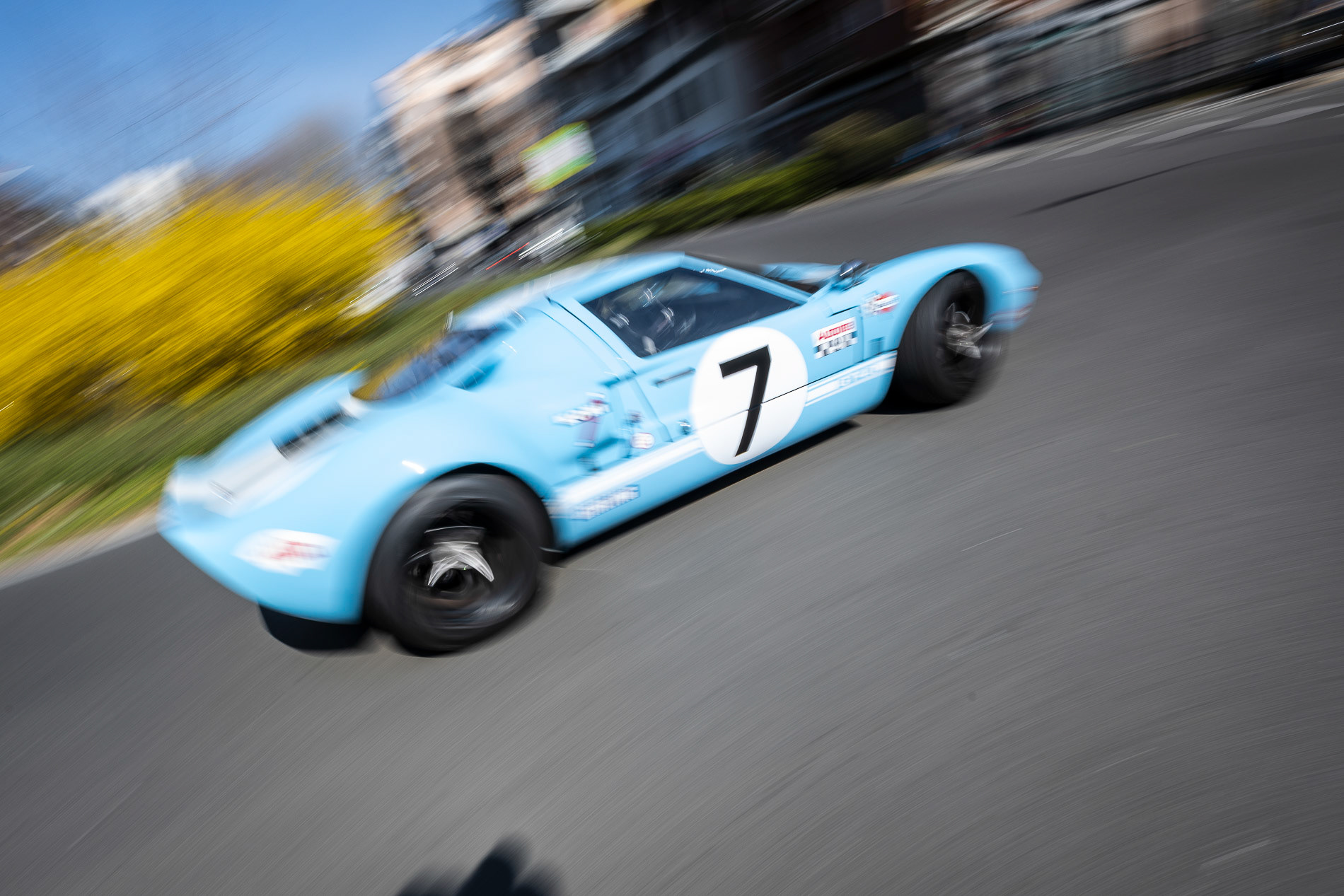

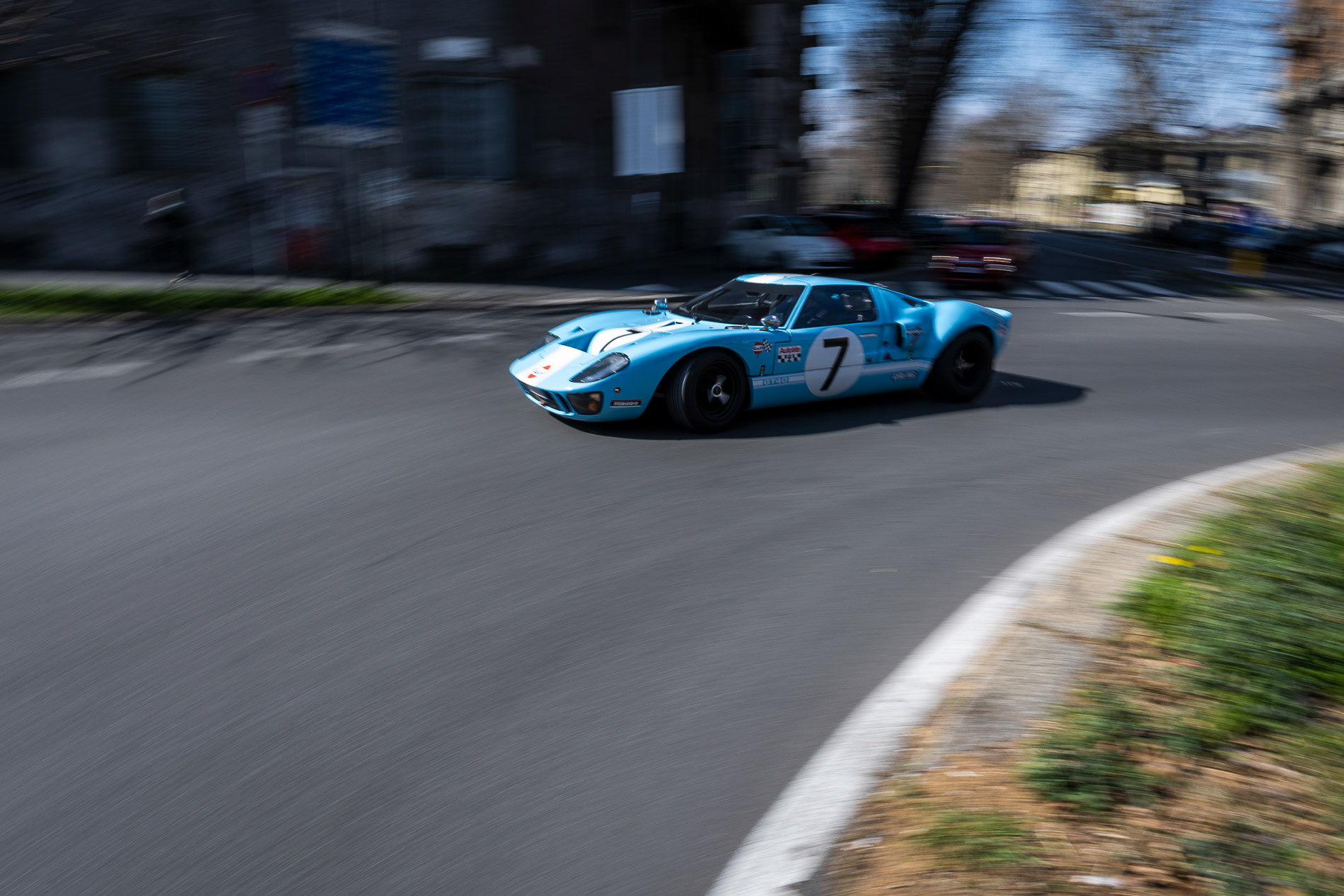
The first thing I asked Nicola is which version he decided to reproduce, there are many versions (GT prototype-mk1-mk2-mk3-mk4-mk2b-mk1b), various engines (255-289-427-302) and various categories (Group4 - Group6), which have followed since 1964 until 1969. So to make a "correct" reply you need to study first, and a lot. Because a few cubic inches can identify a historical period, because small details differentiate a 1965 MKI from a 1969 one, because a rim model even determines whether it was developed by a racing team in America or England.
"MY" GT40, Nicola tells me, I wanted it to be a tribute to John Wyer, automobile racing engineer and team manager, to the incredible and unexpected victories of '68 and '69 (even with the same chassis number p1075). Victories obtained after he abandoned the MIRAGE M1 project, based on the "old" GT40 mkI, due to a change in regulations for the year 1968, to return to the original version by modifying and extending it, but remaining within the homologation Group 4 with the fateful 50 cars produced.





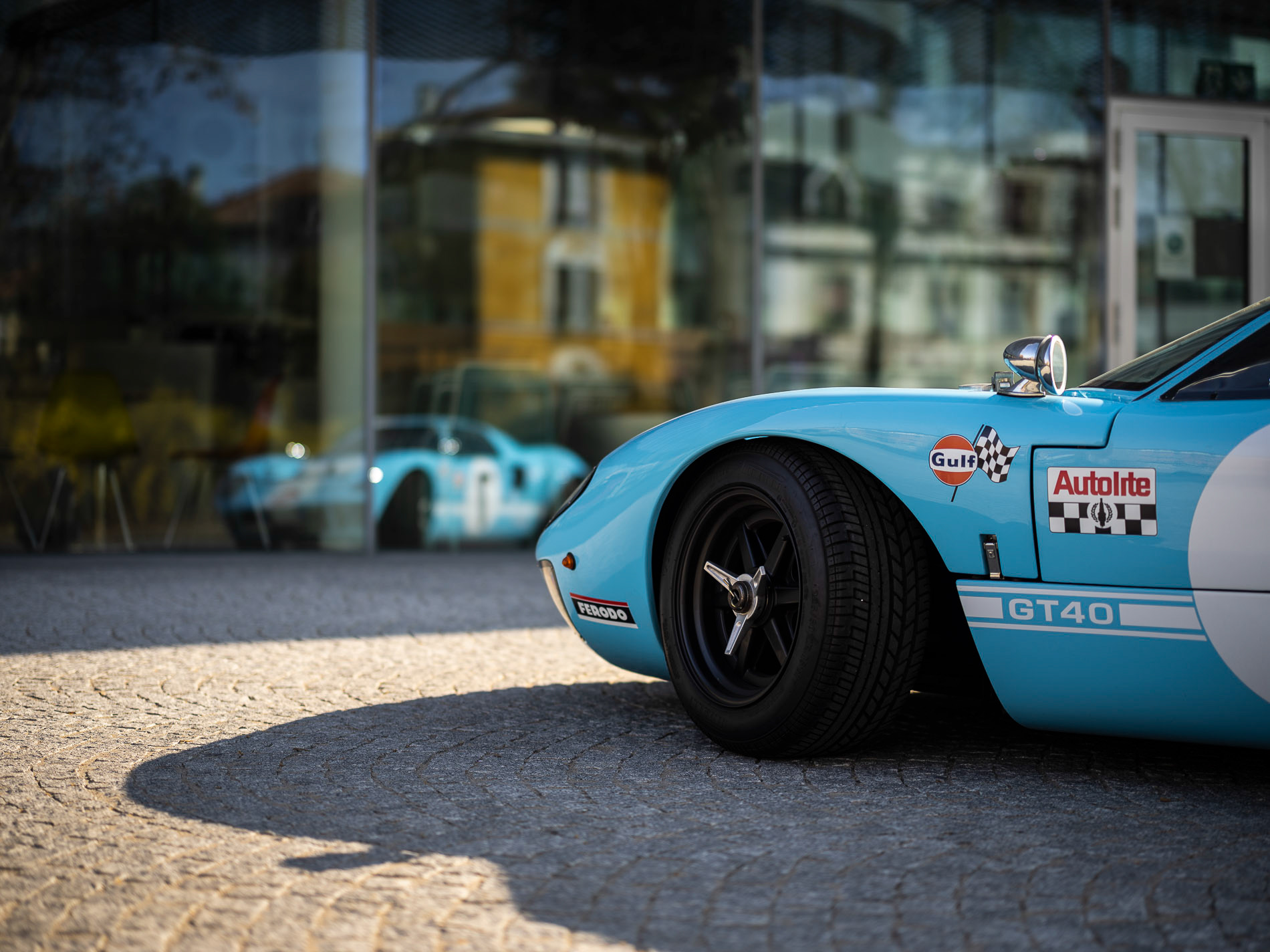
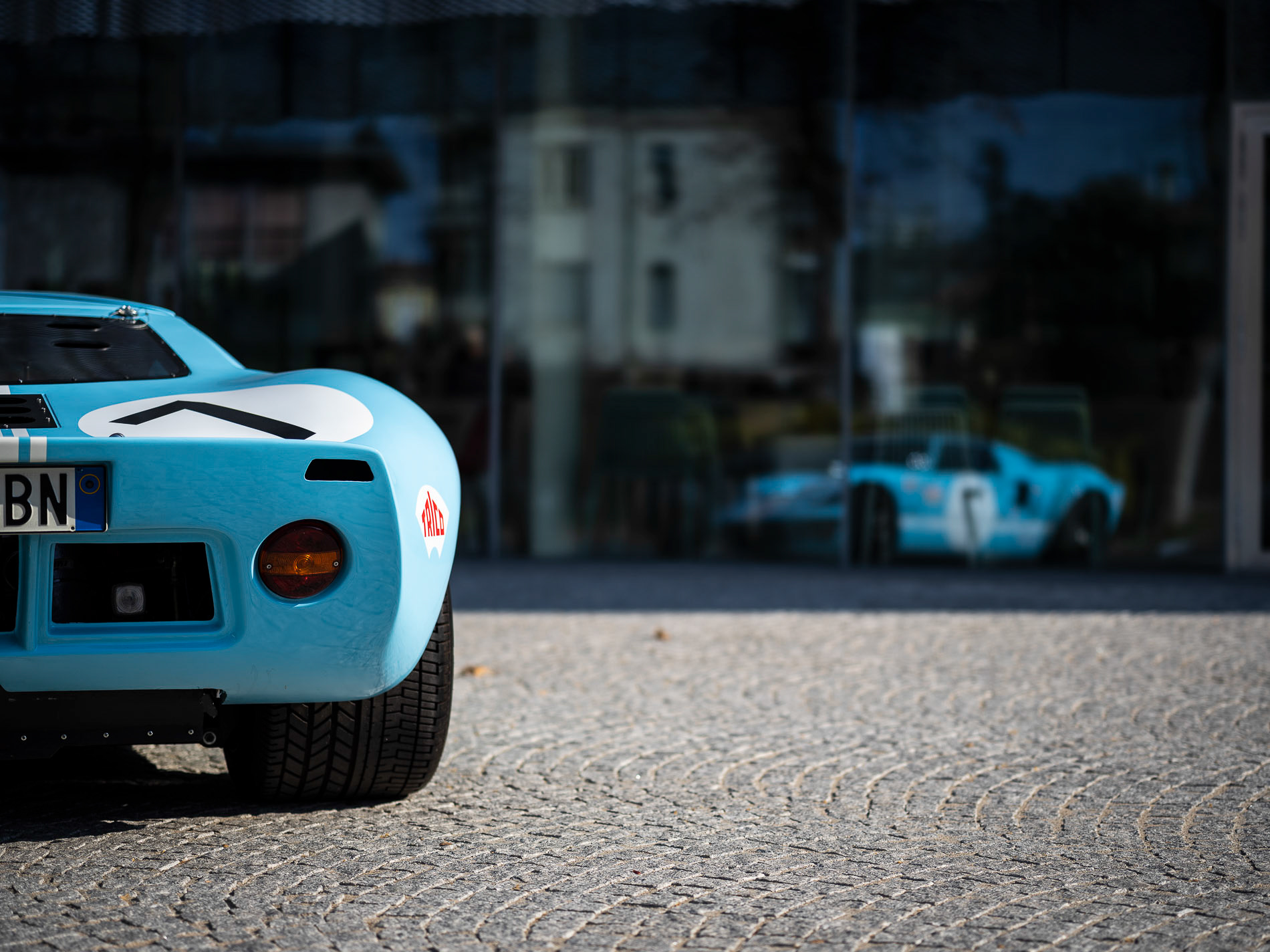
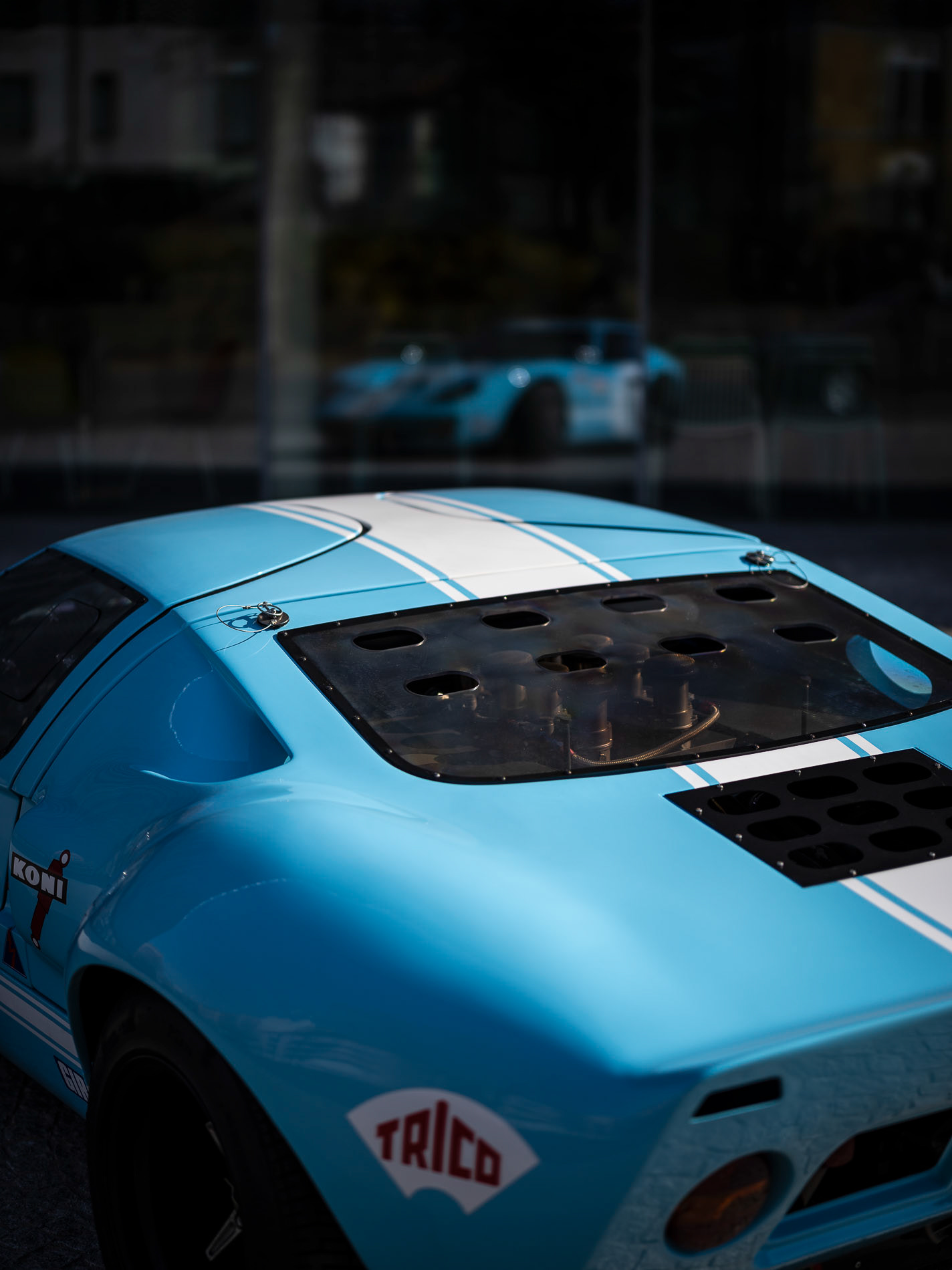


A project born in 1964 that was going to collide, and to win at Le Mans, against much more advanced cars such as the Porsche 908 and 917 long tail.
After years of studies, Nicola began to look for the basis to start the project. Simultaneously and in the same place, he found the body and chassis of a Tornado MK1, an English company with a fiber body that was truly faithful to the original.
The project therefore started from the "base", tires and rims, we needed rims with a 14 'channel and since they were not on the market, we had to contact a specialized company that reproduced, on our design, single-nut BRMs capable of hosting 345/35 R15 tires. The constructive approach wanted and had to follow that of the time, for this reason the widening of the rear fenders was done by hand, and not simply by mounting a modern printed wide body kit ... the sides of the car were made taking the fenders as a model of the GT40 p1083, one of the last produced. This is why the convexities are not perfectly symmetrical, exactly like the original GT40s of the time.





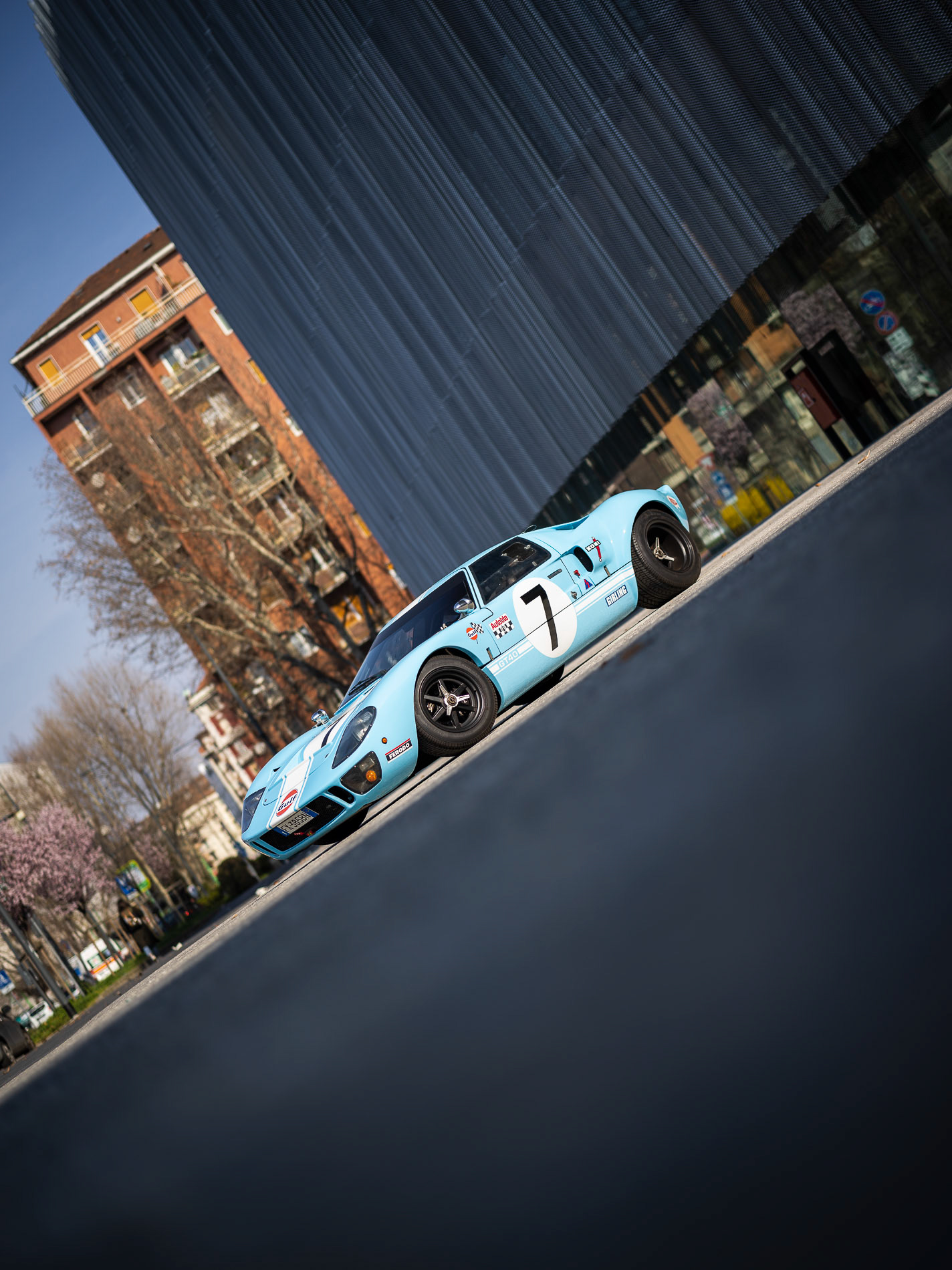
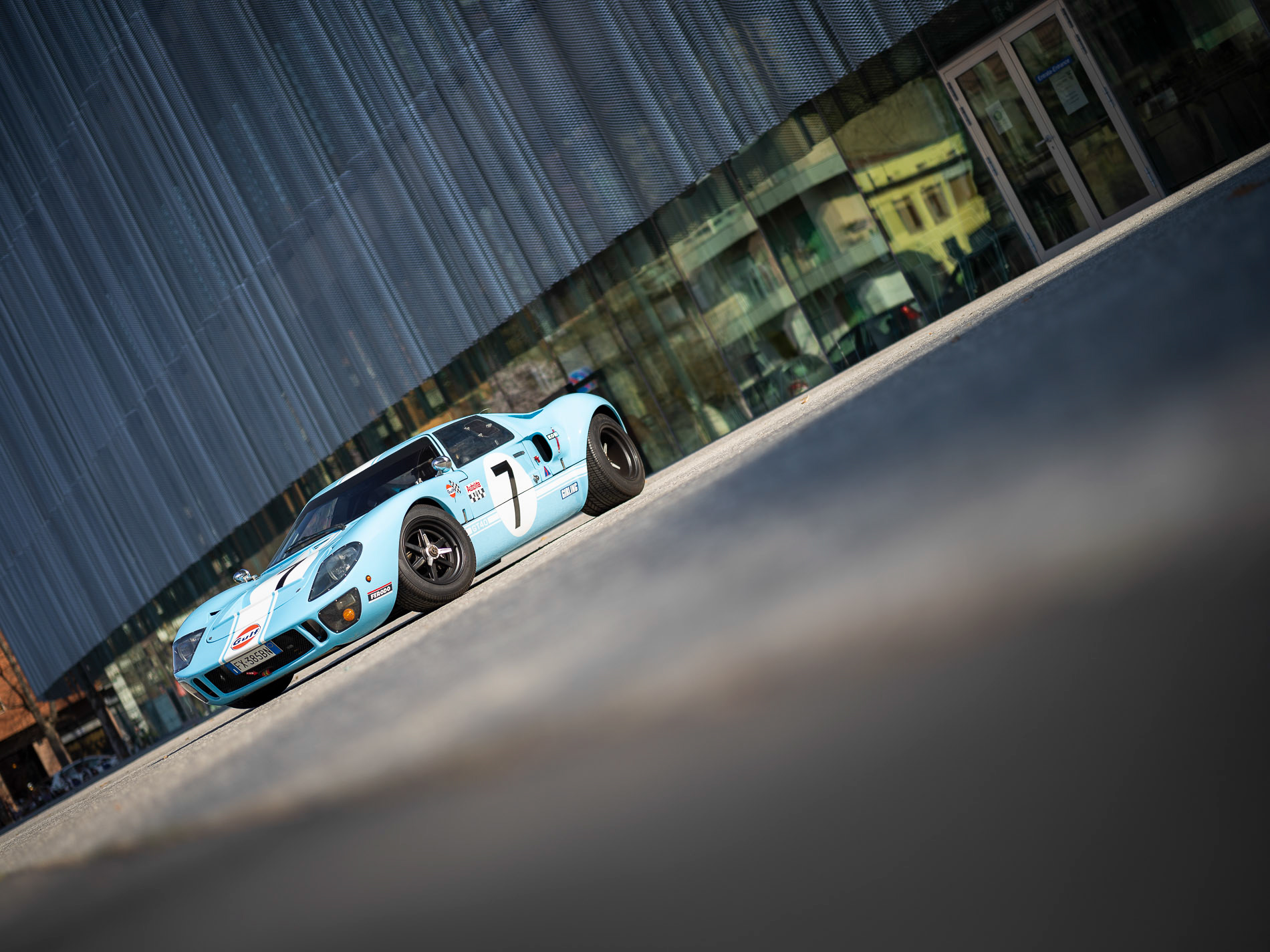
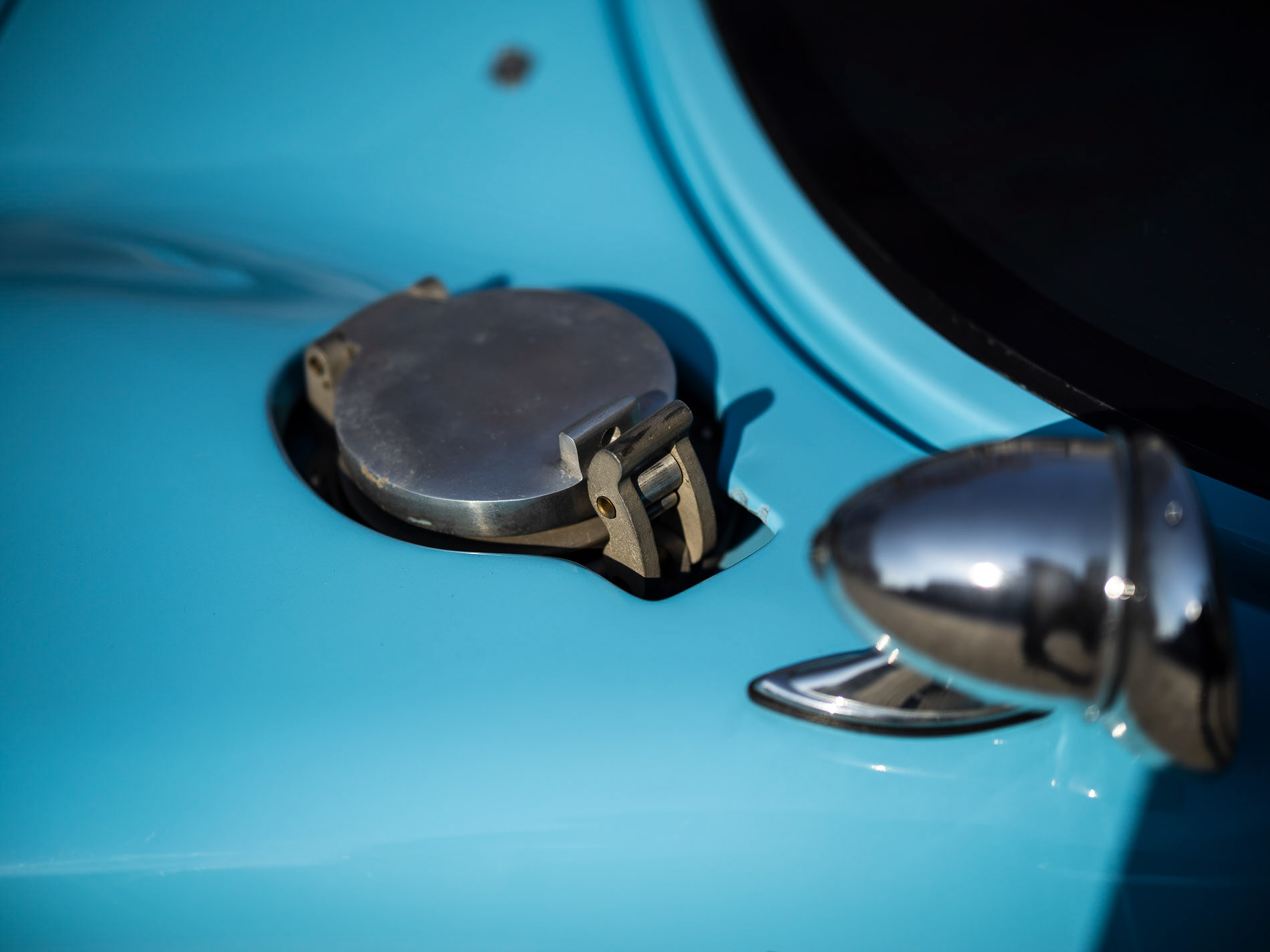
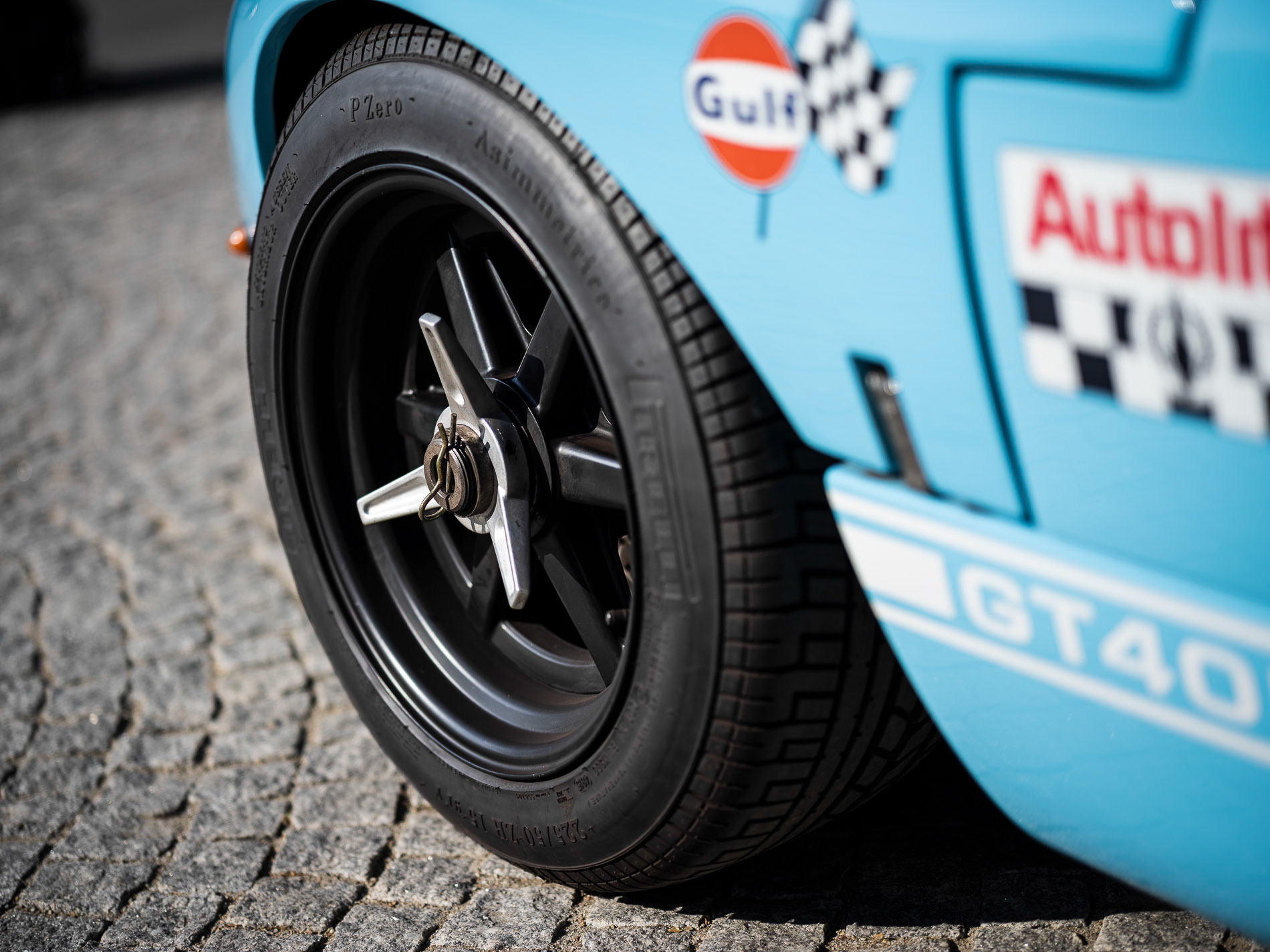
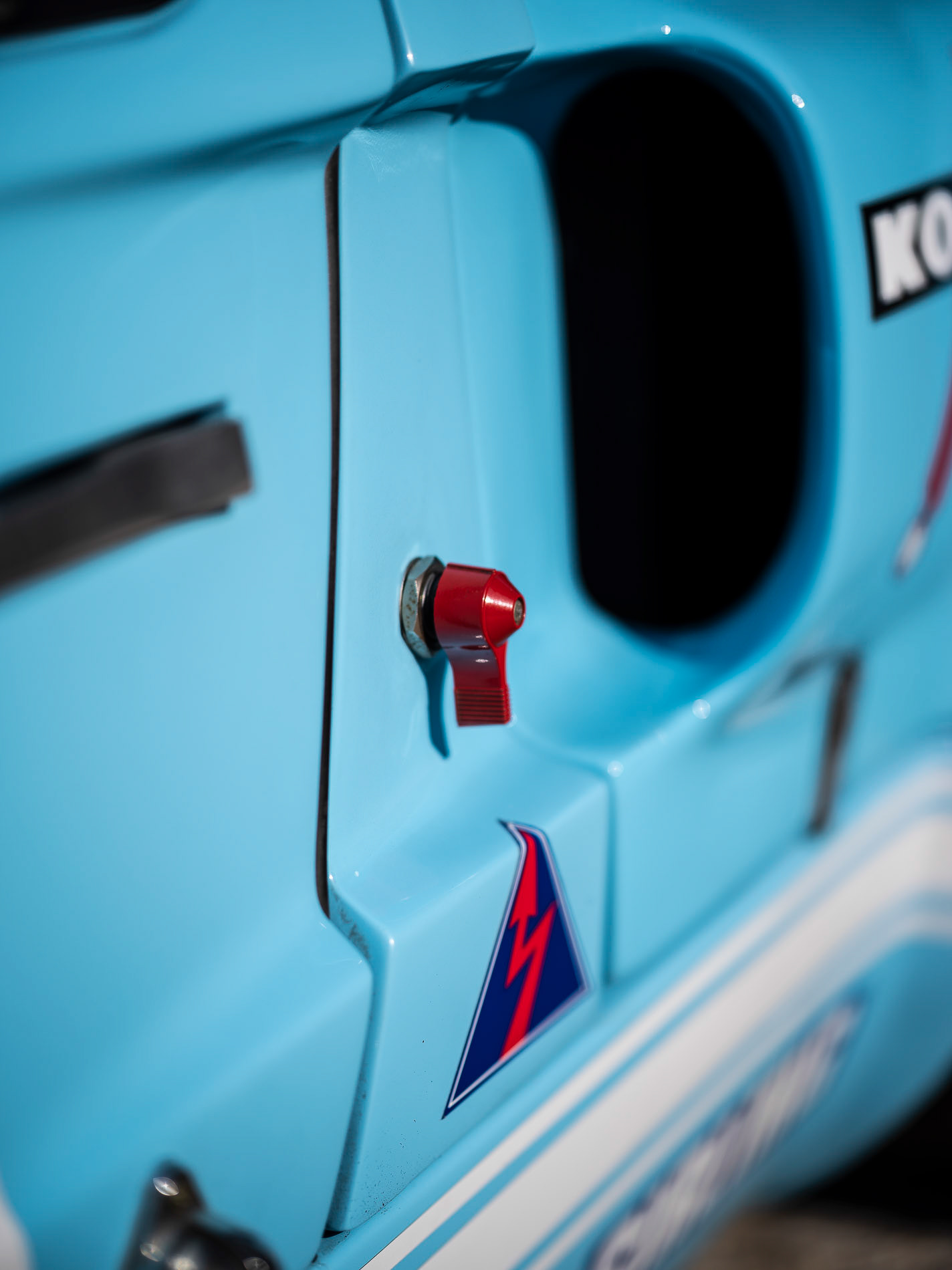
The 8 intake trumpets that peek out under the rear window characterize the whole car, it was unthinkable to make a replica with the use of electronic injection or a classic single carburetor, the machine required the original Weber IDA 48 ... and from there a number of really important complications emerged. First of all we had to move the engine even lower, because otherwise the rear hood would not have closed due to the dimensions of the carburetors.
Various modifications, 3 engine steps, different carburetor kits, many camshafts have taken away time, money and energy… but the result achieved today is priceless. The car isn't perfect, it can't be, but the beauty of this project is that it never ends, you develop it, you make it grow, you improve it, you make it more and more yours. Rollbar, removable steering wheel, external and internal battery switch, extinguishing system with internal and external cable control, double tank, copper clutch, Wilwood brakes, mechanical brake distributor, Simpson vintage style belts ... we could go on to describe a thousand details of realization, a thousand mistakes and a thousand brilliant ideas but I would NEVER be able to convey the intensity of the driving experience. A visceral, physical sensation, where everything takes you back to the madness of the 60s, an era dominated by petrol, passion and courage.
Nicola says : “For me the GT40 is THE passion, a desire already present in my unconscious ... my ARKETYPE.”
